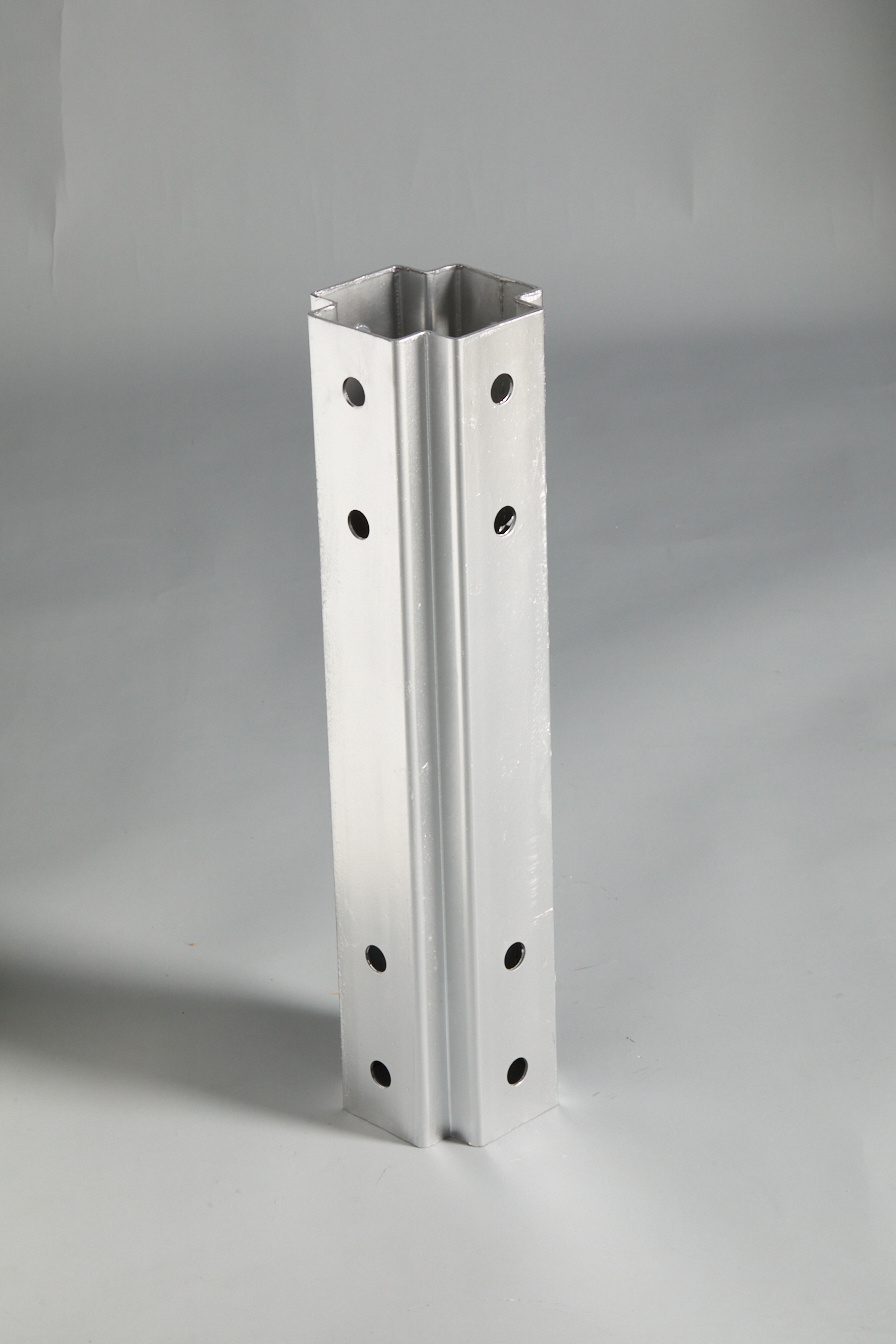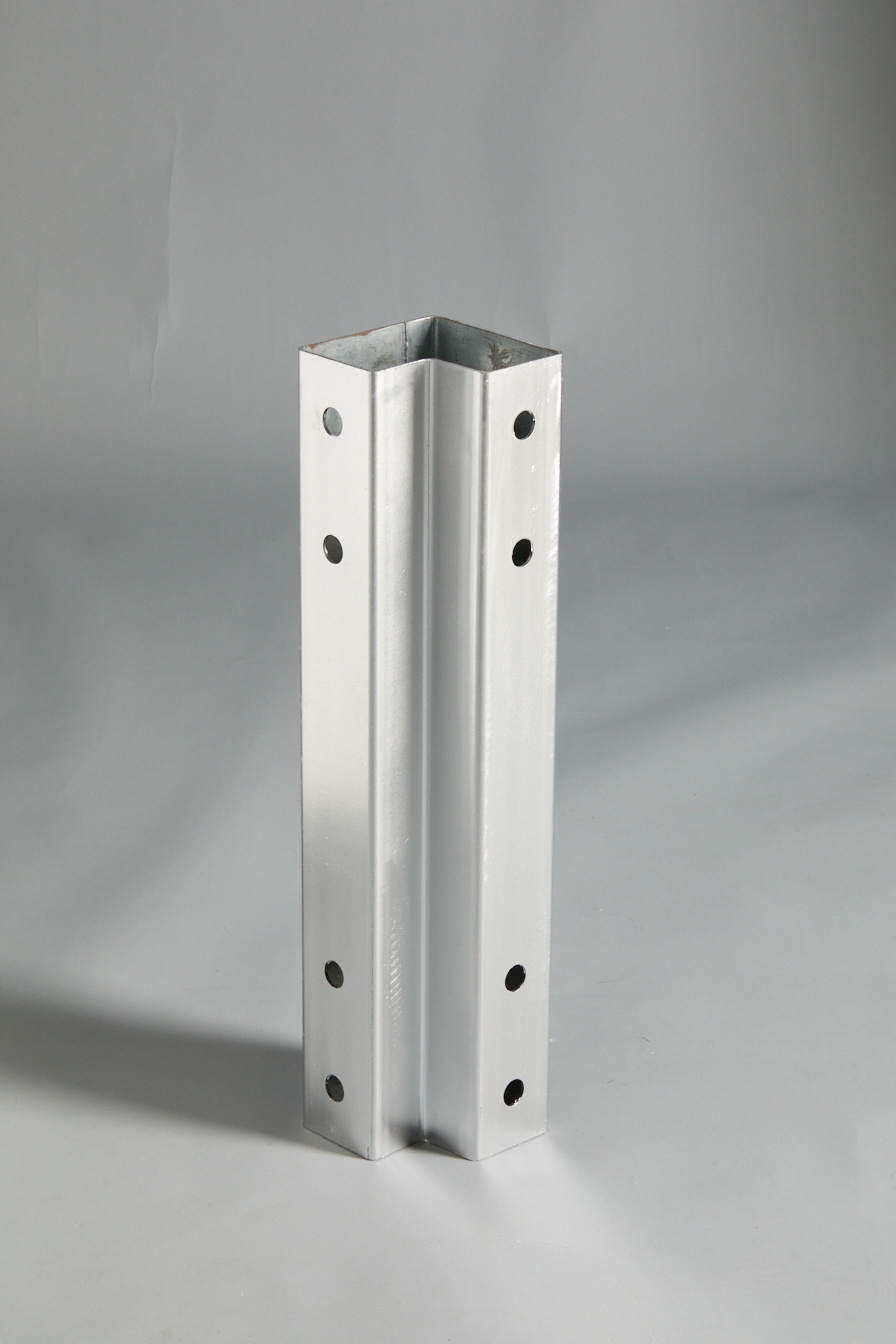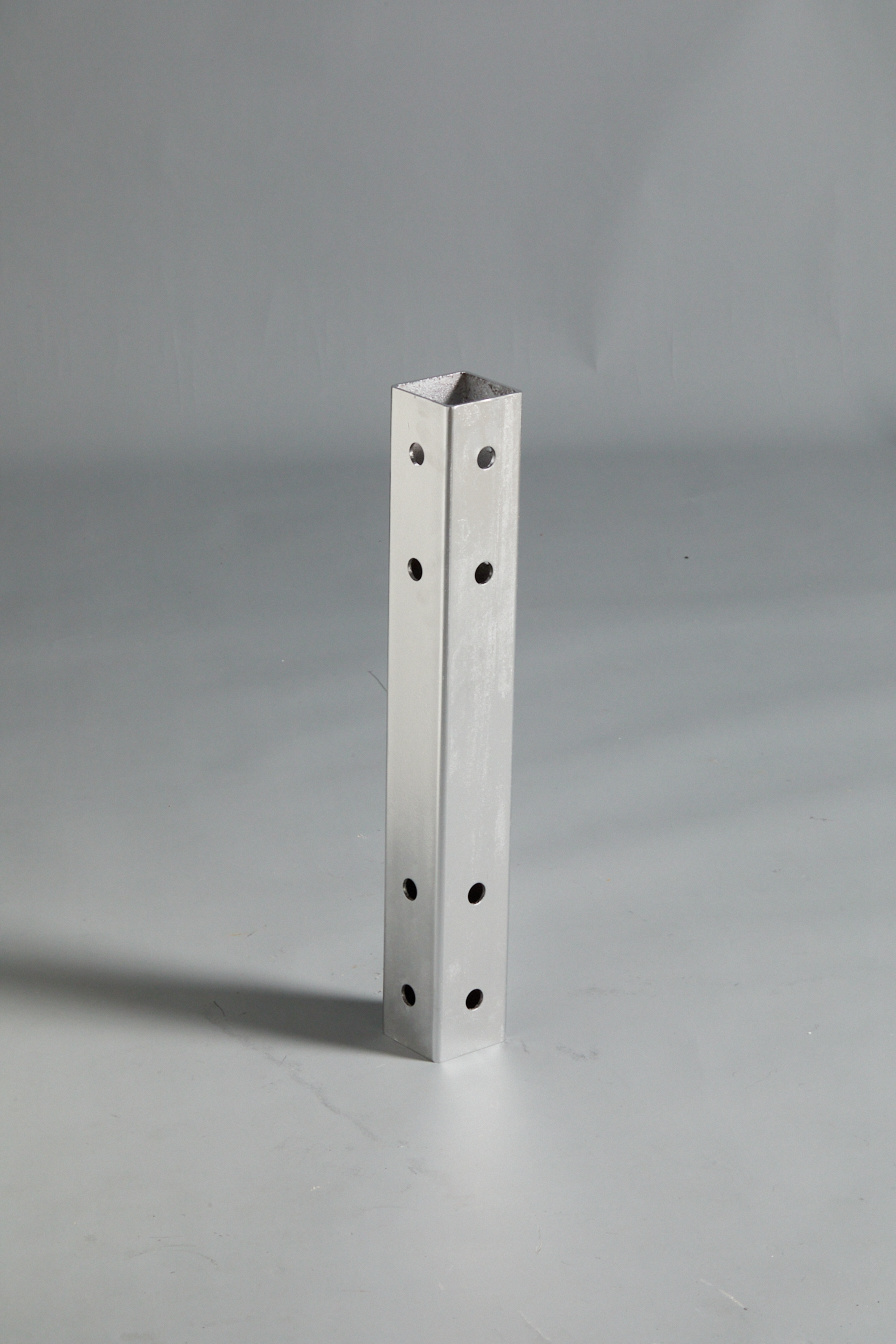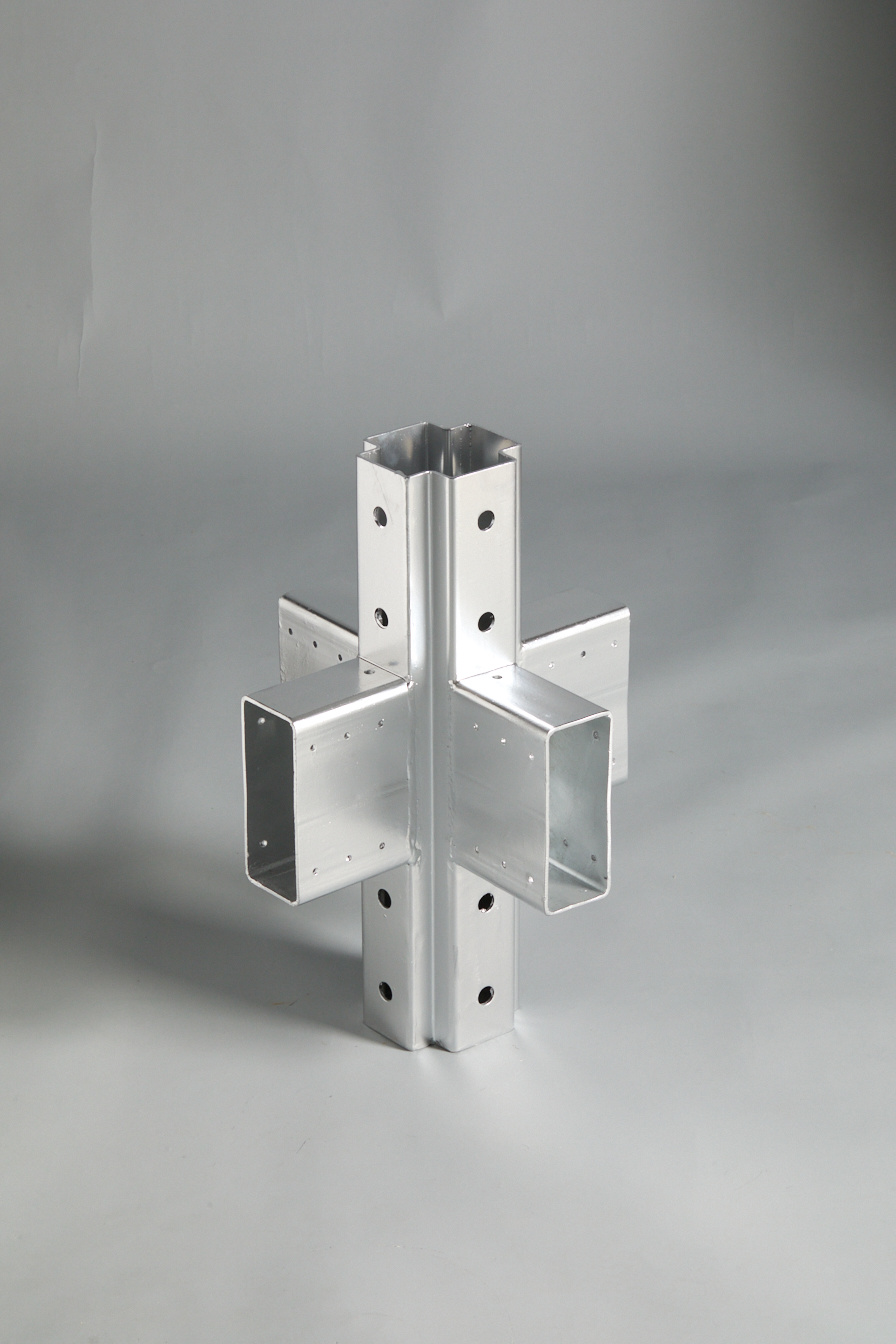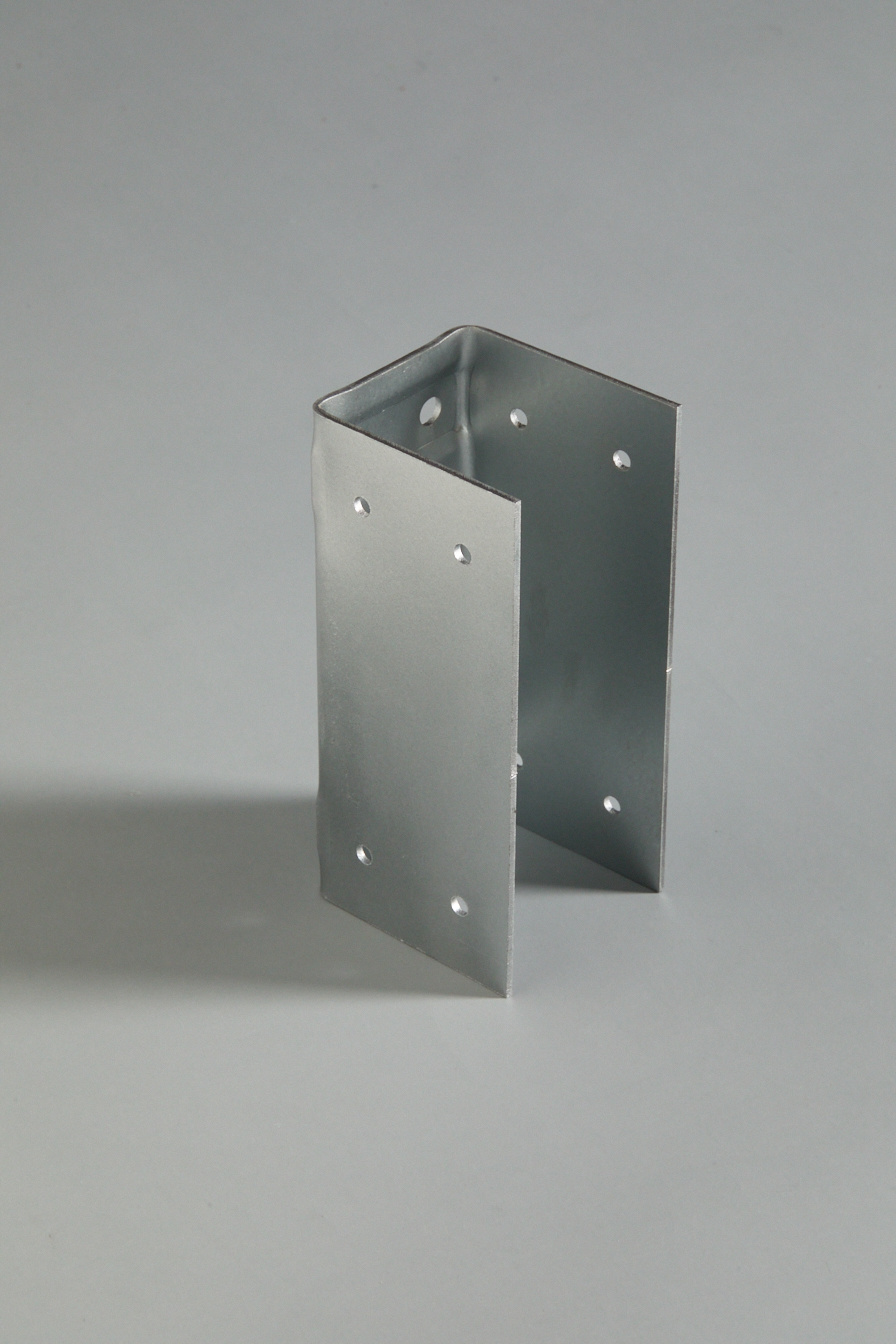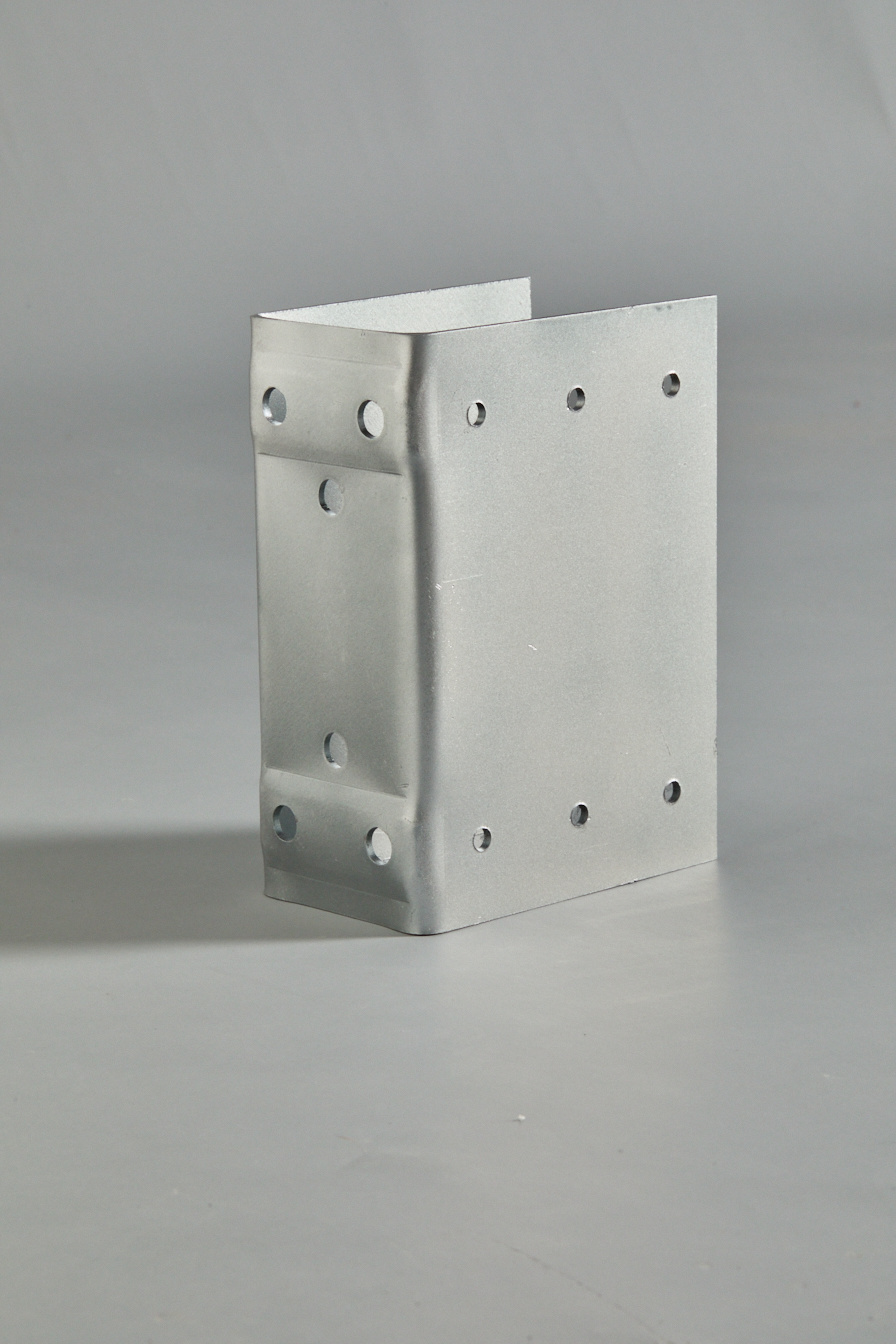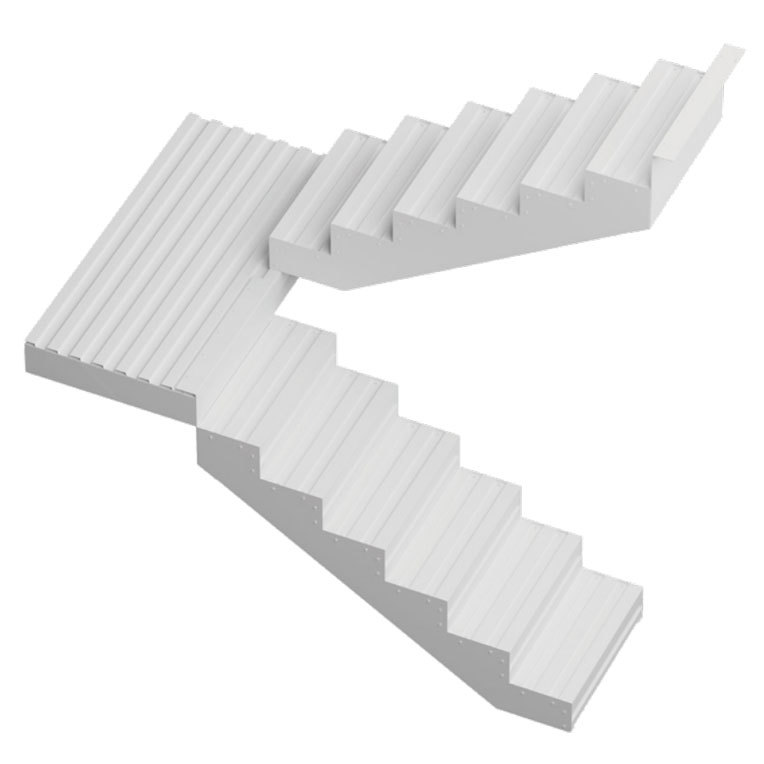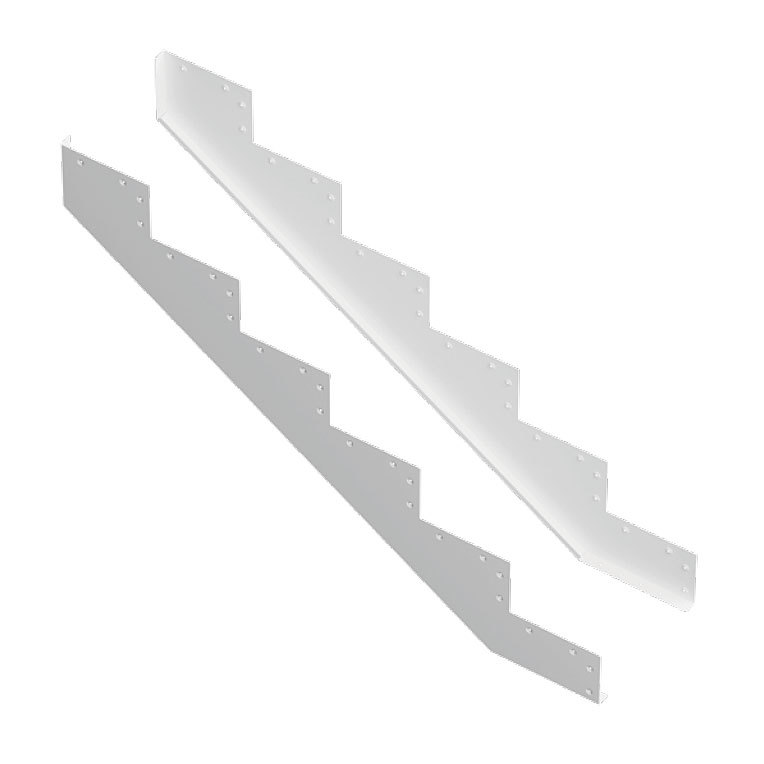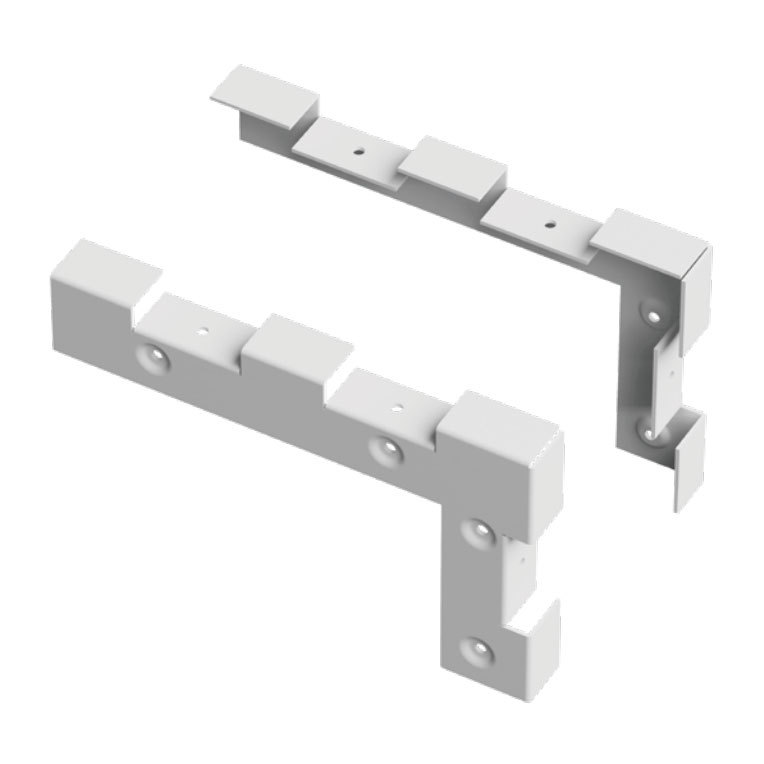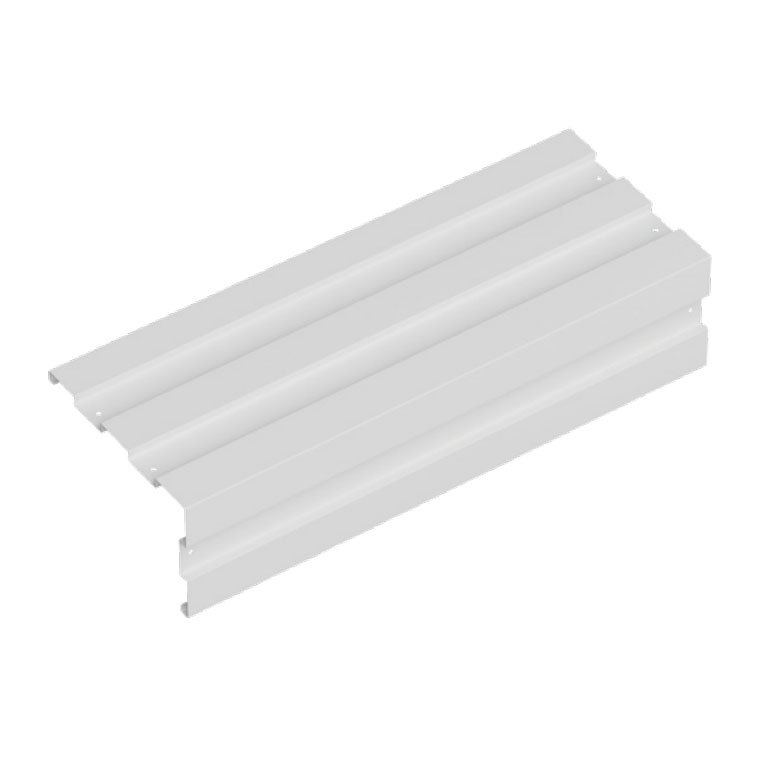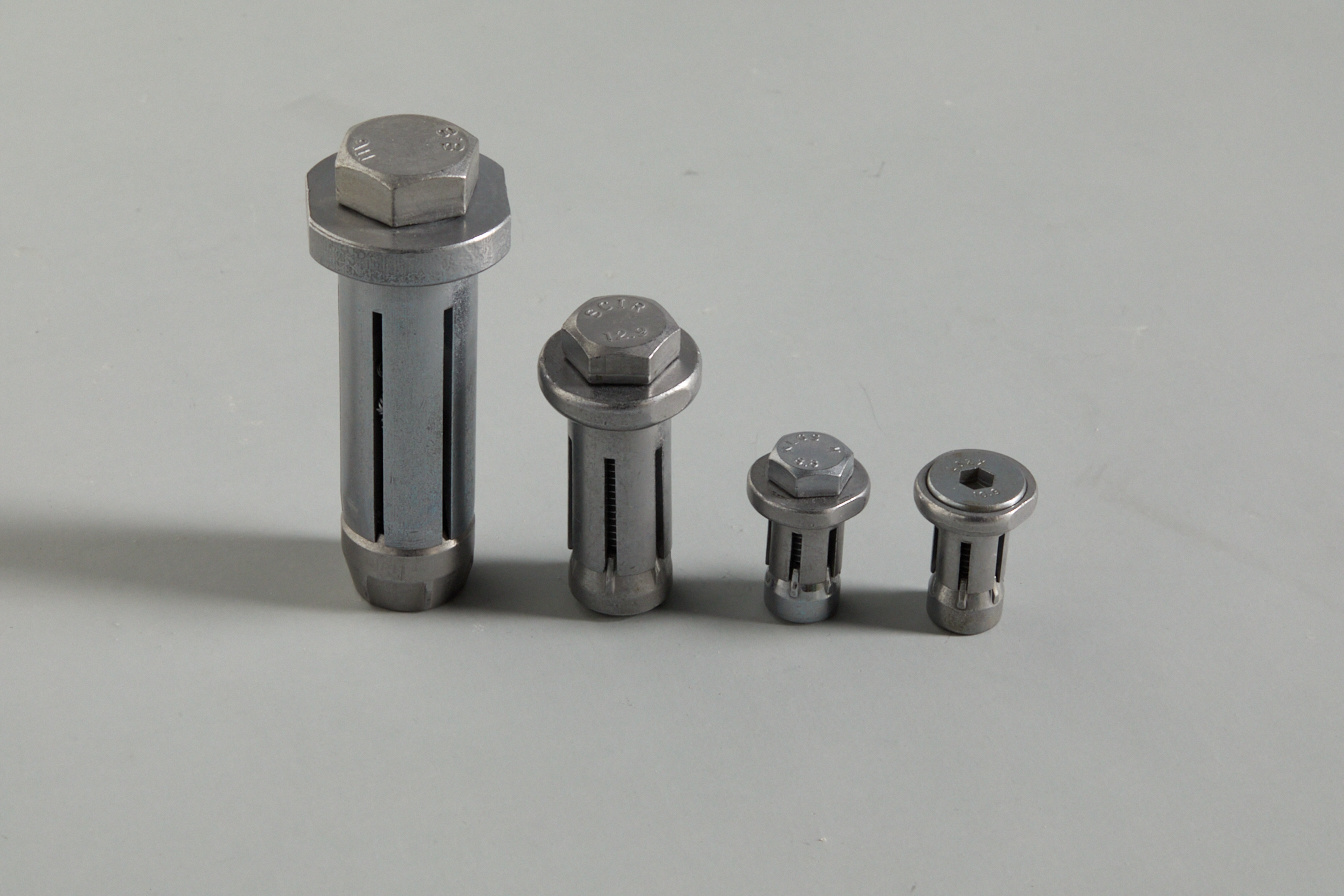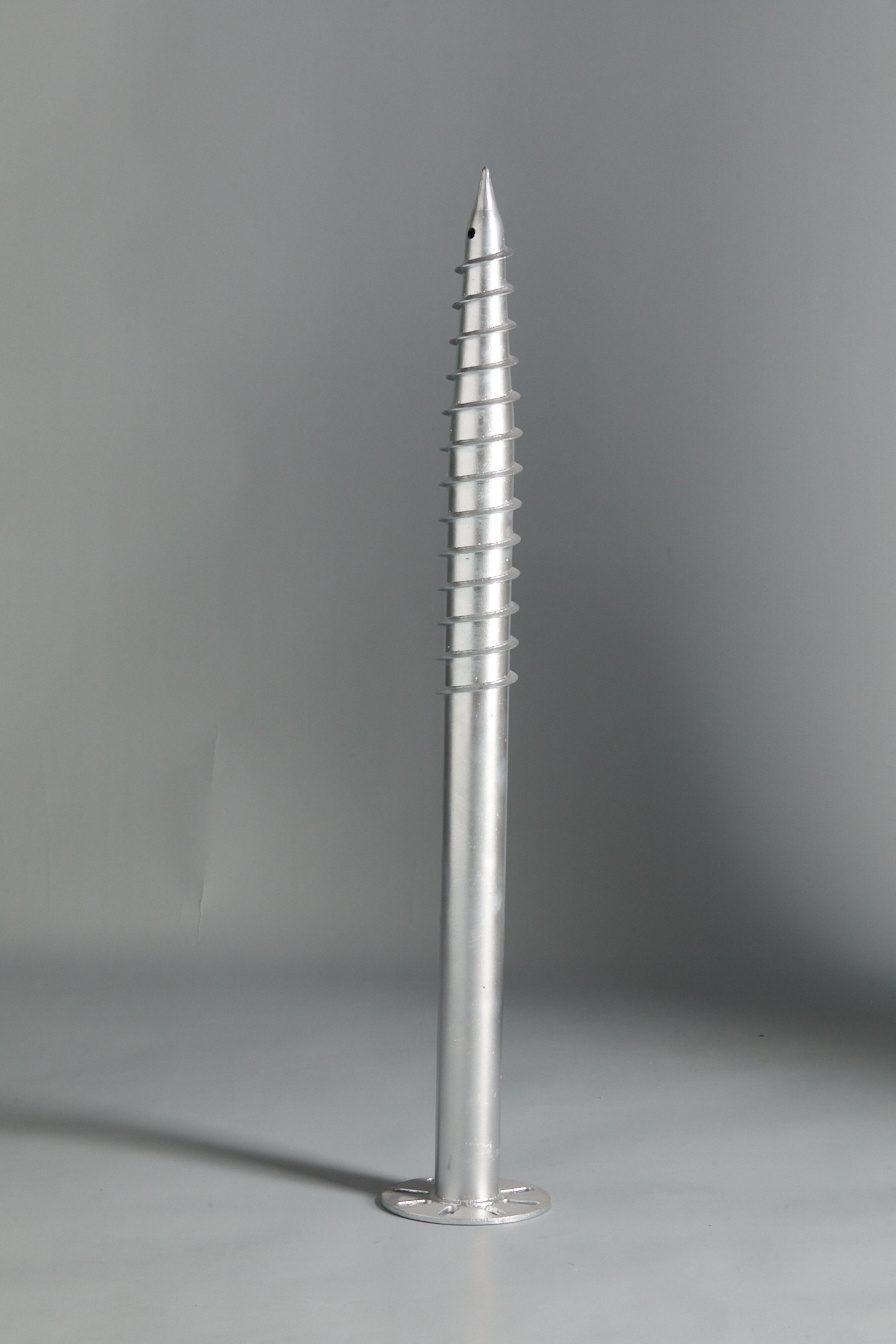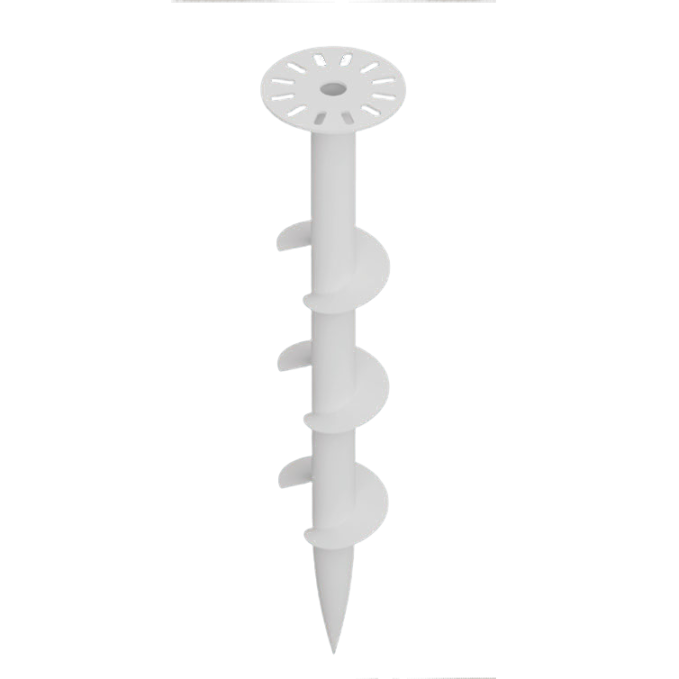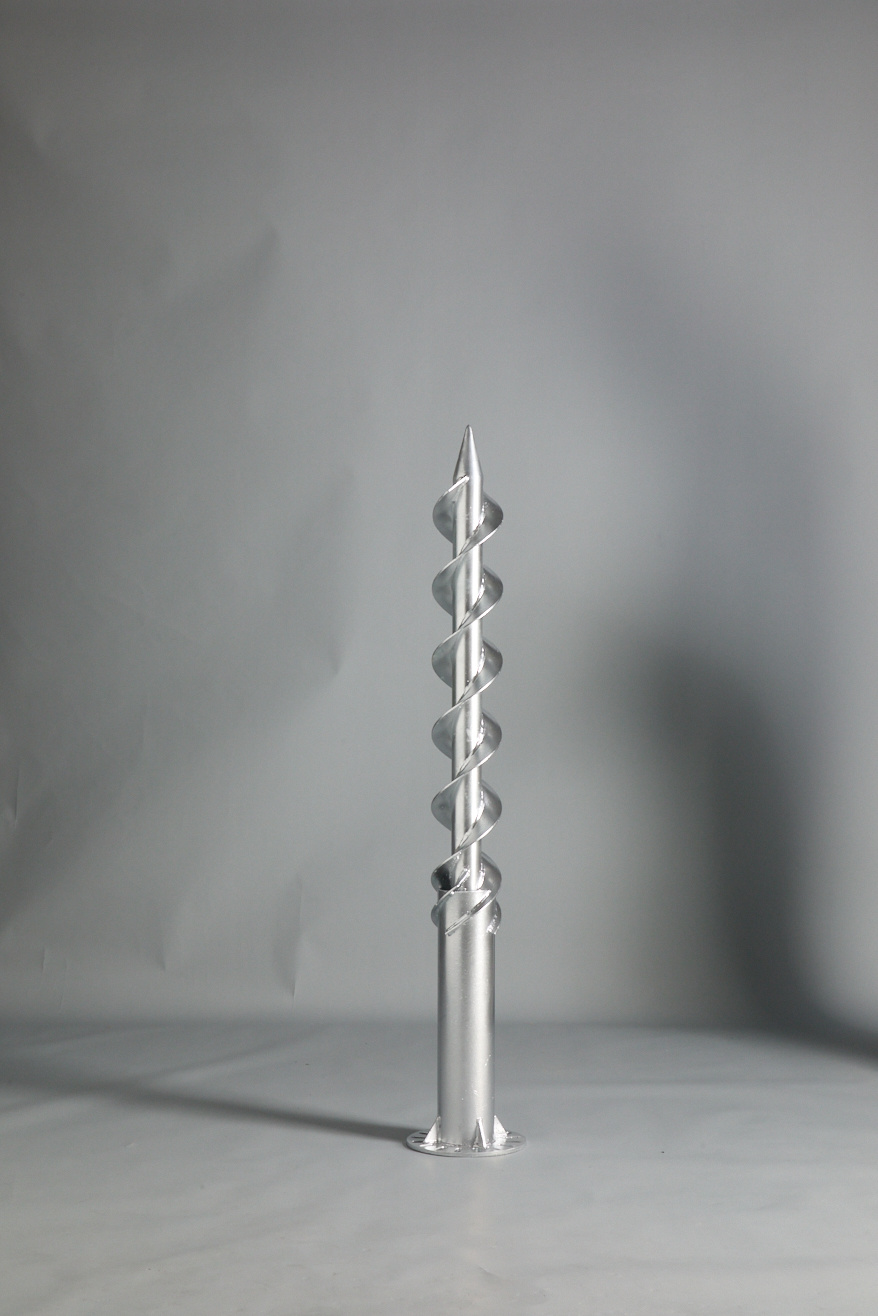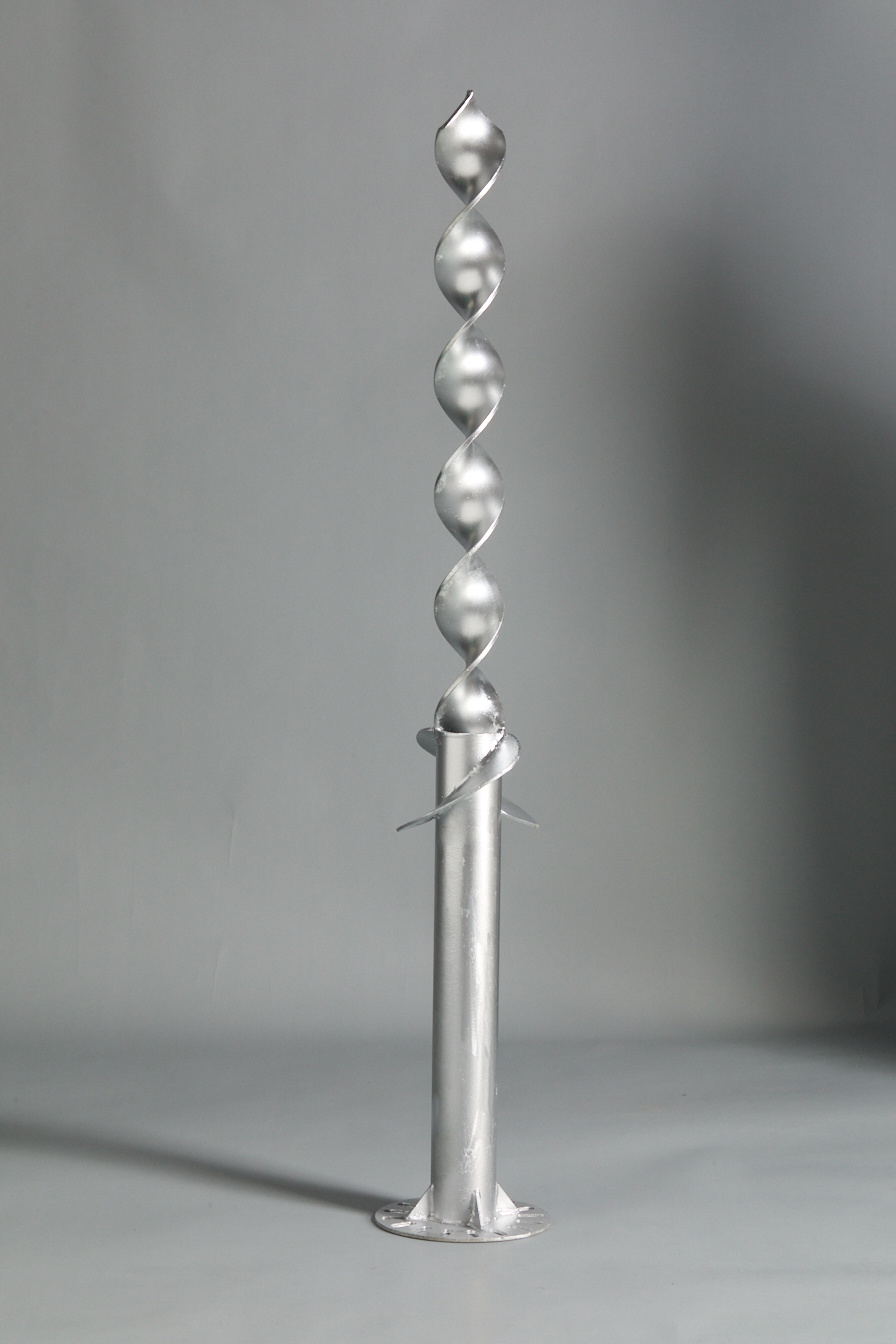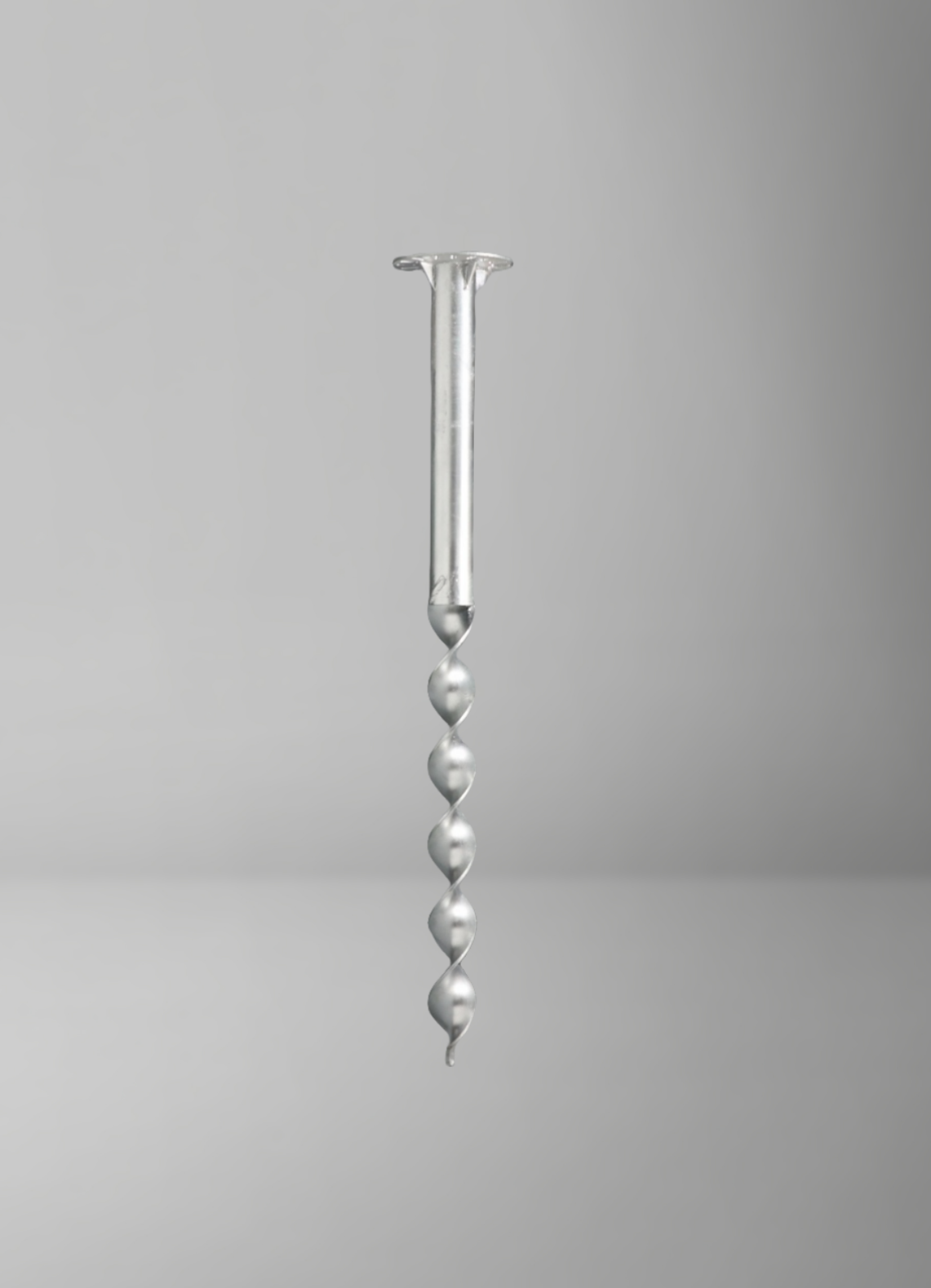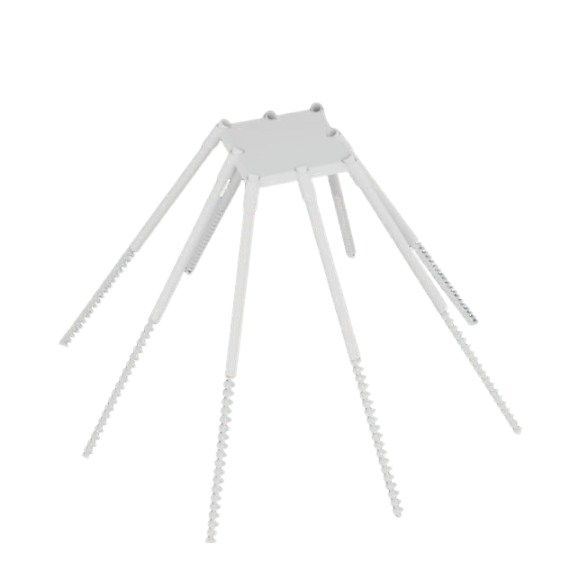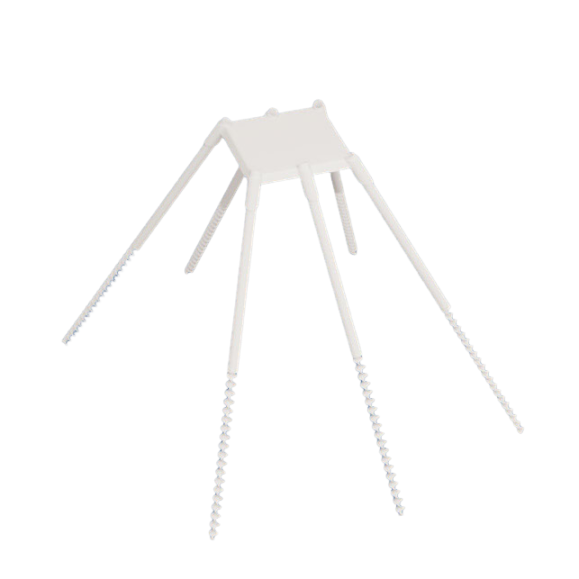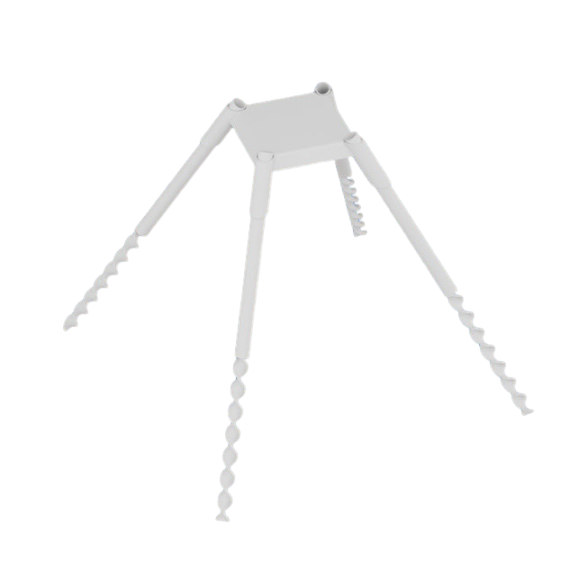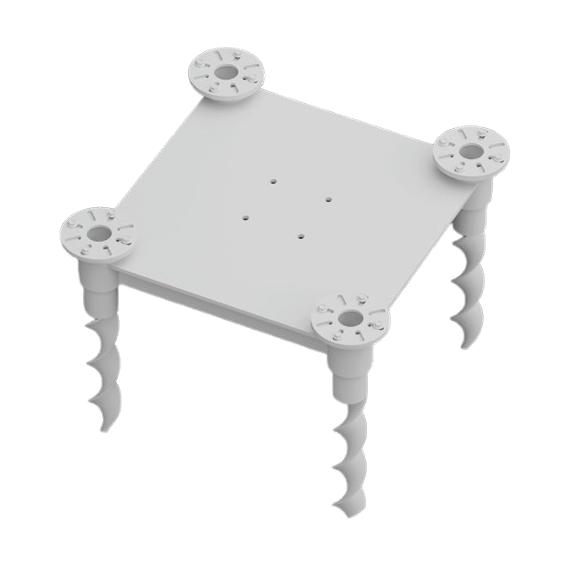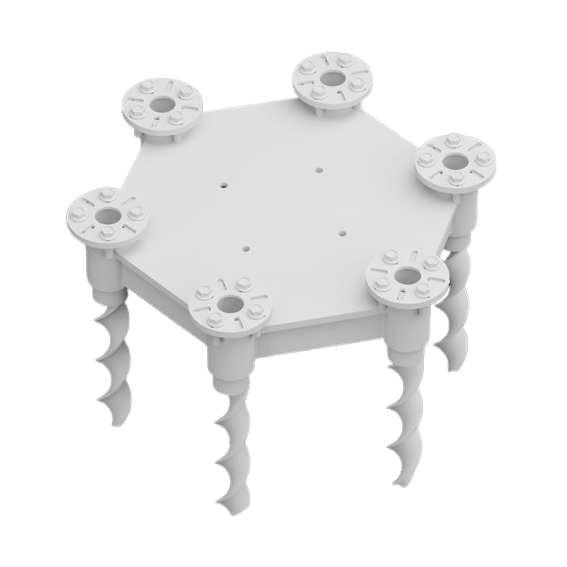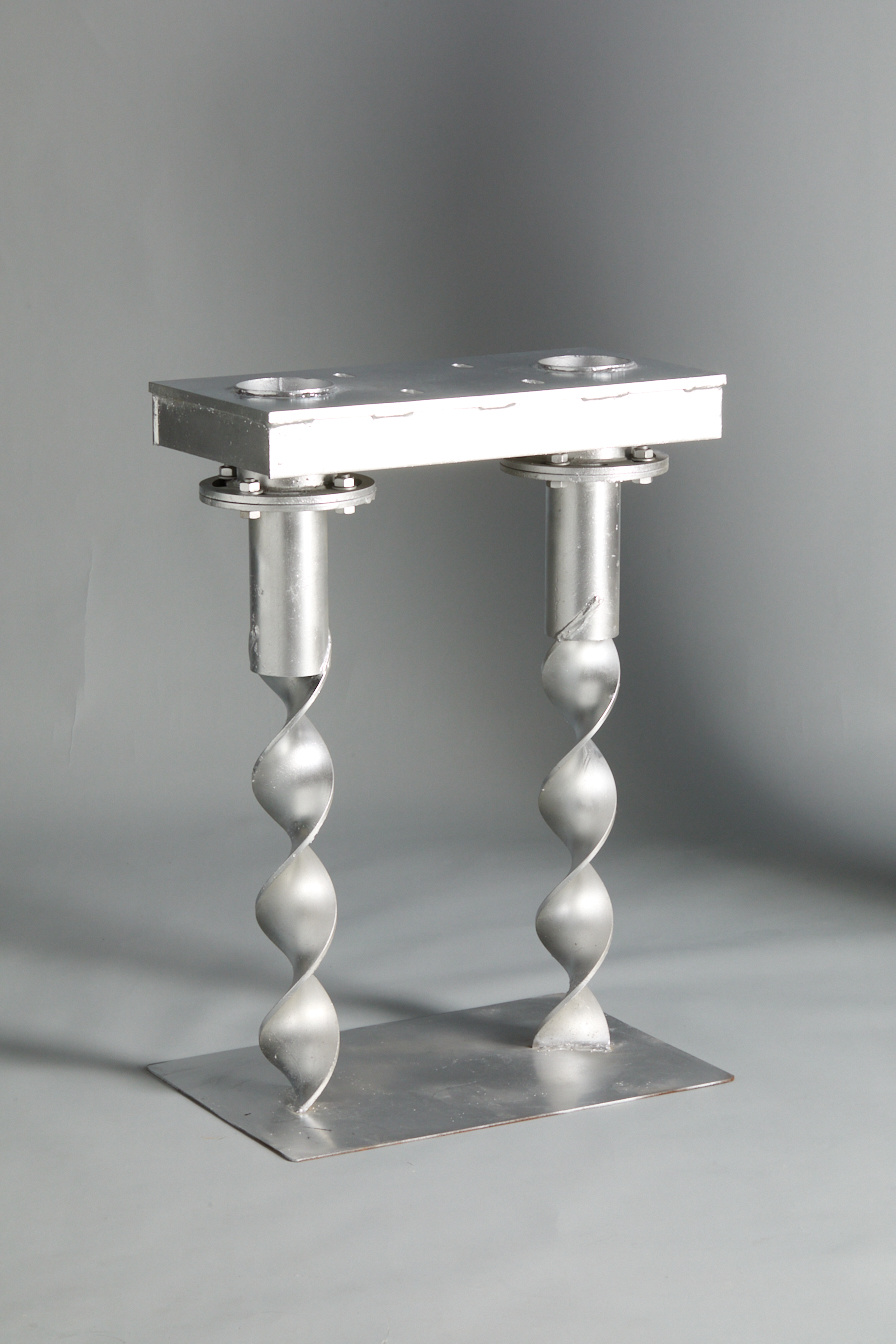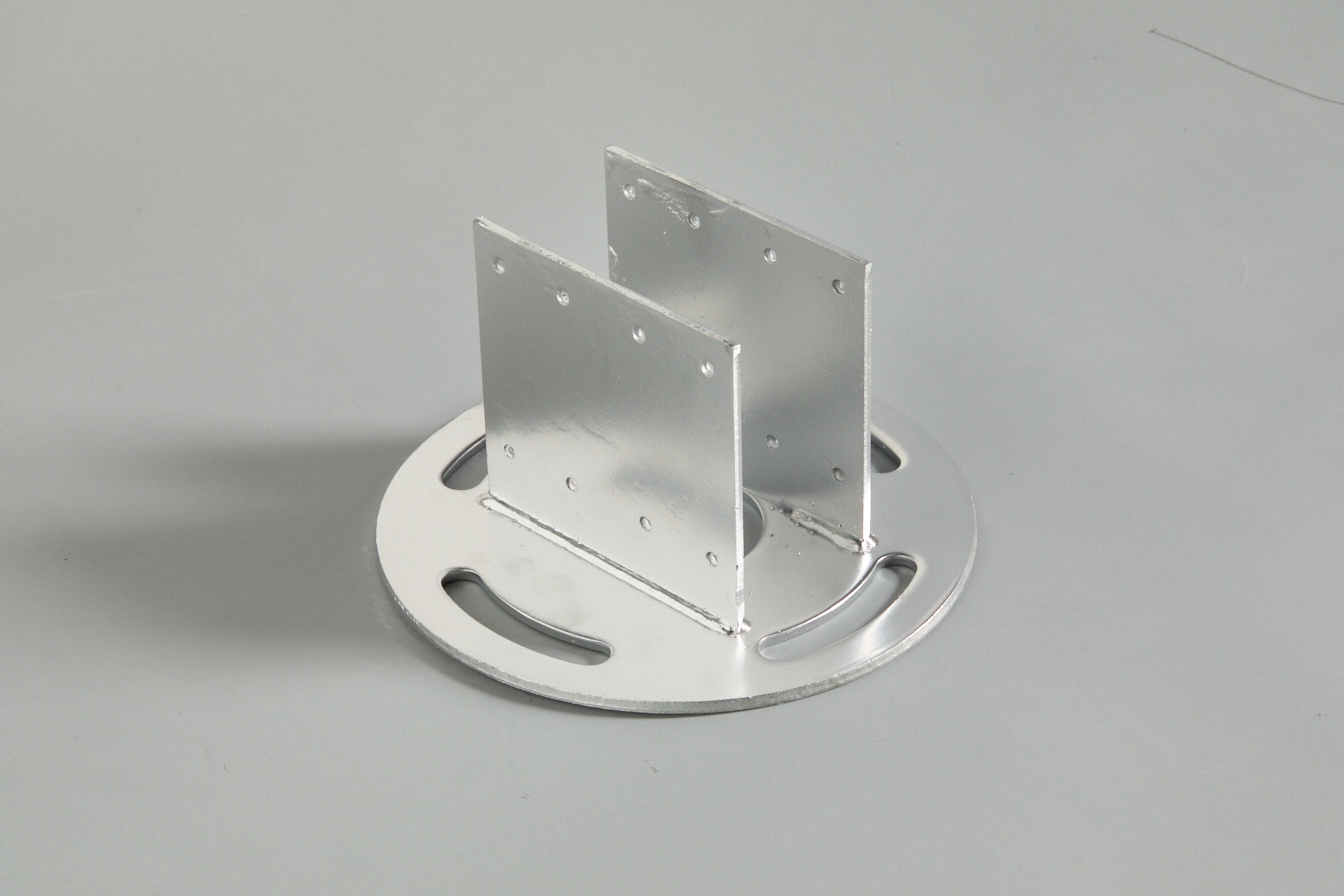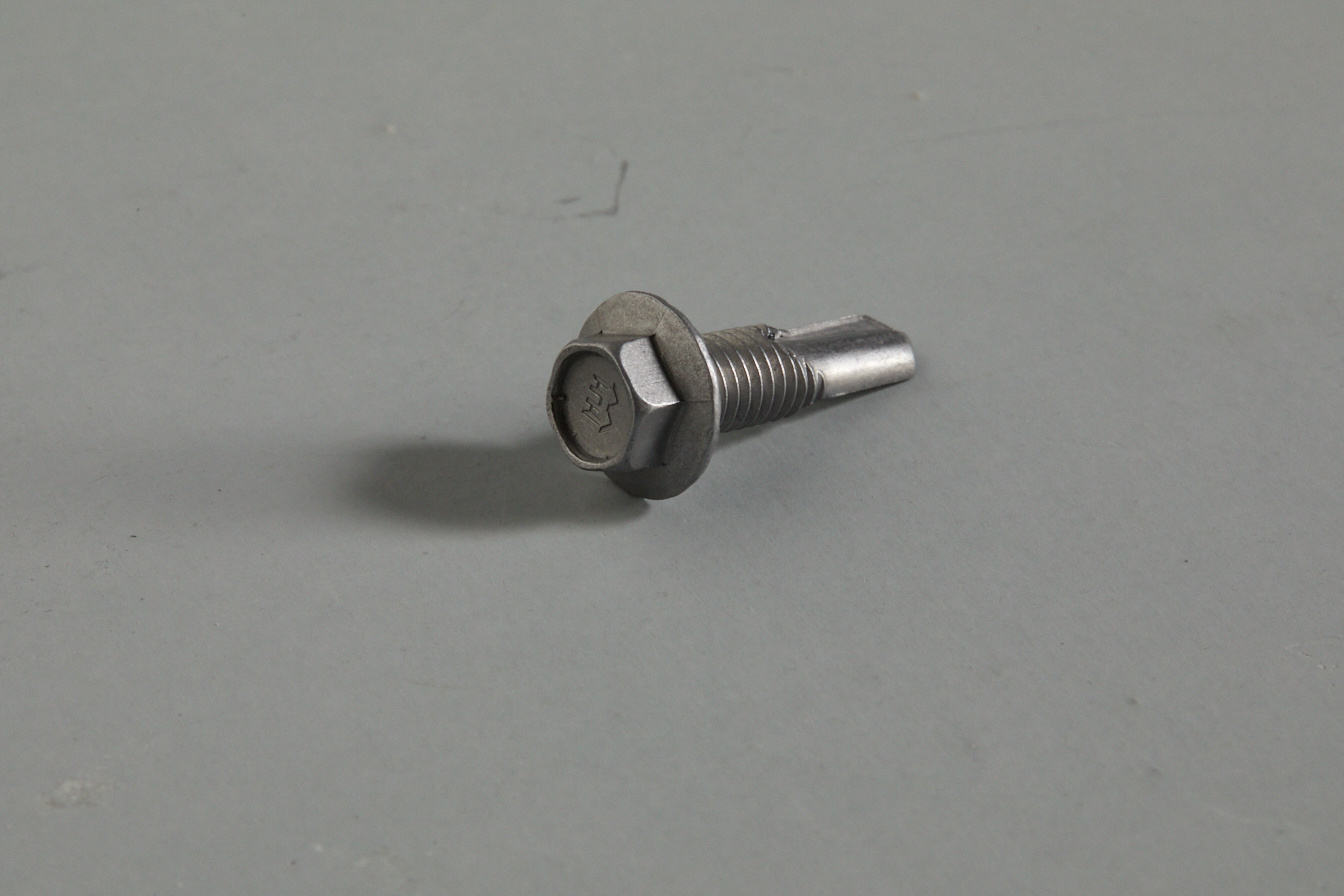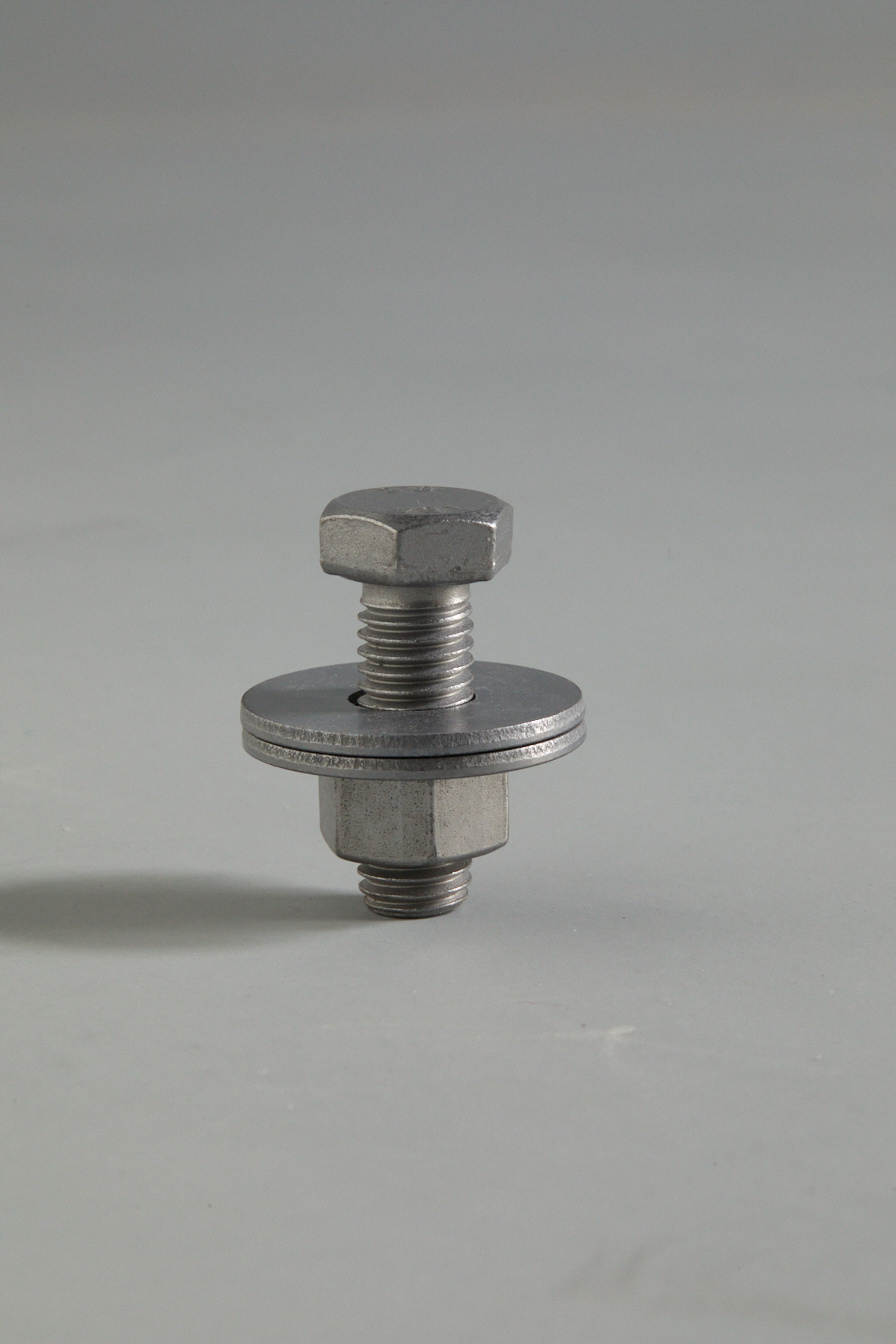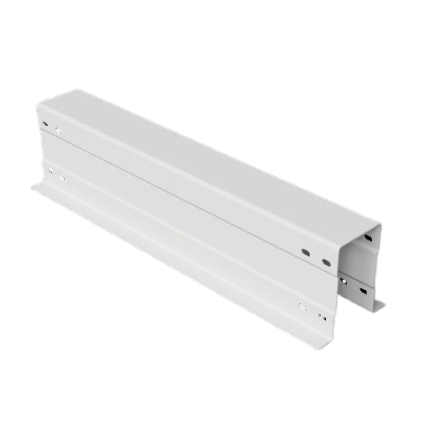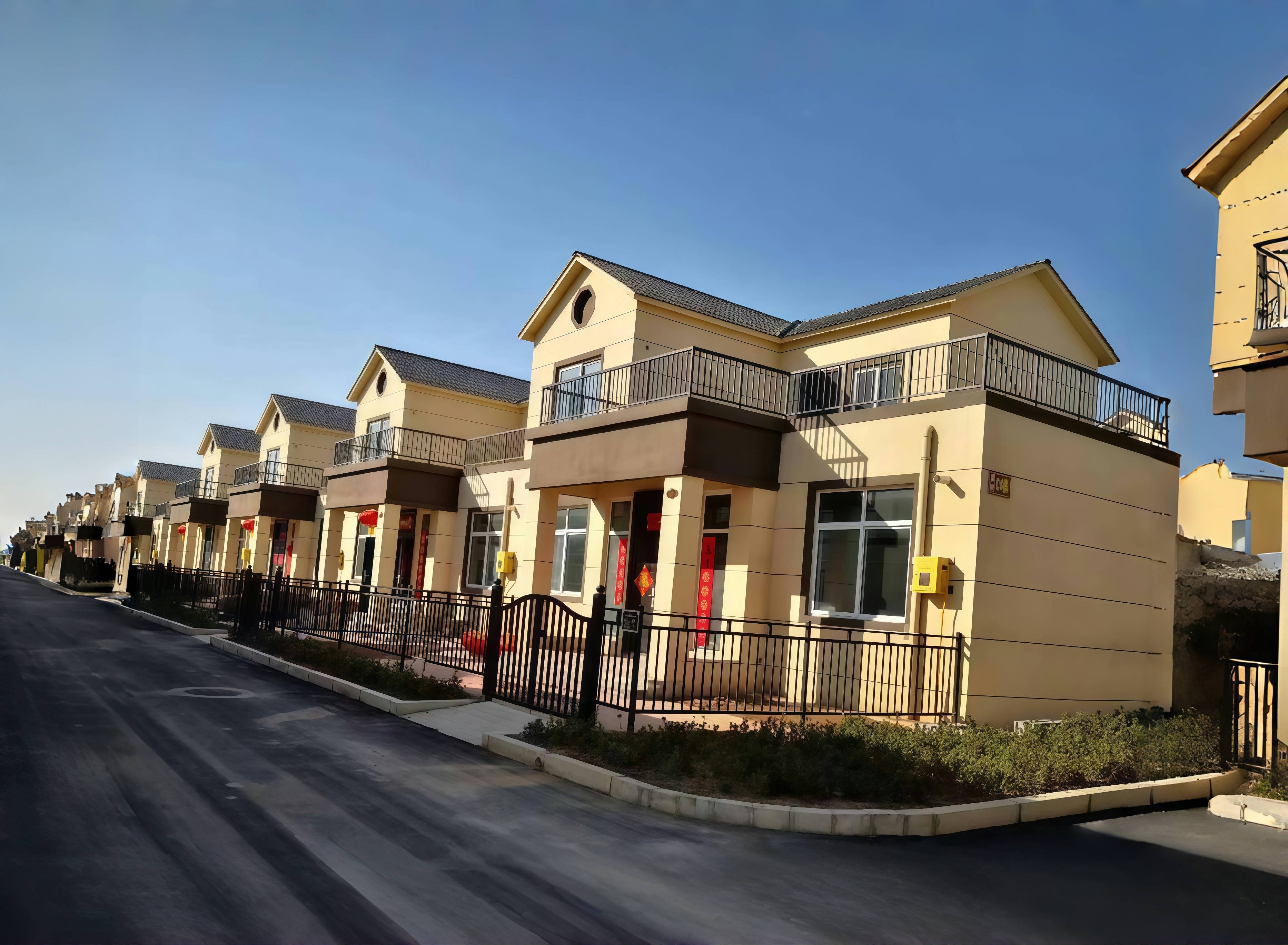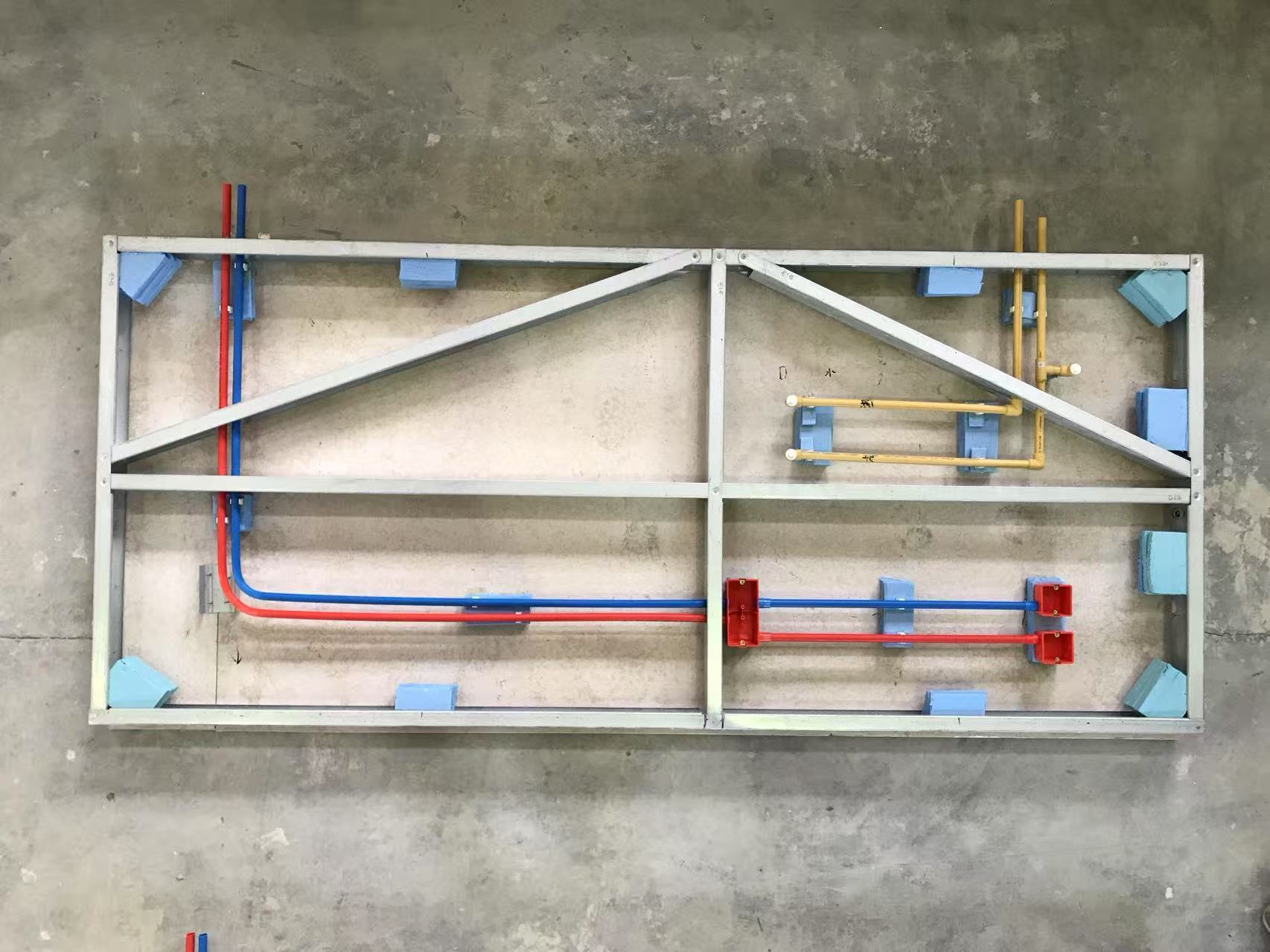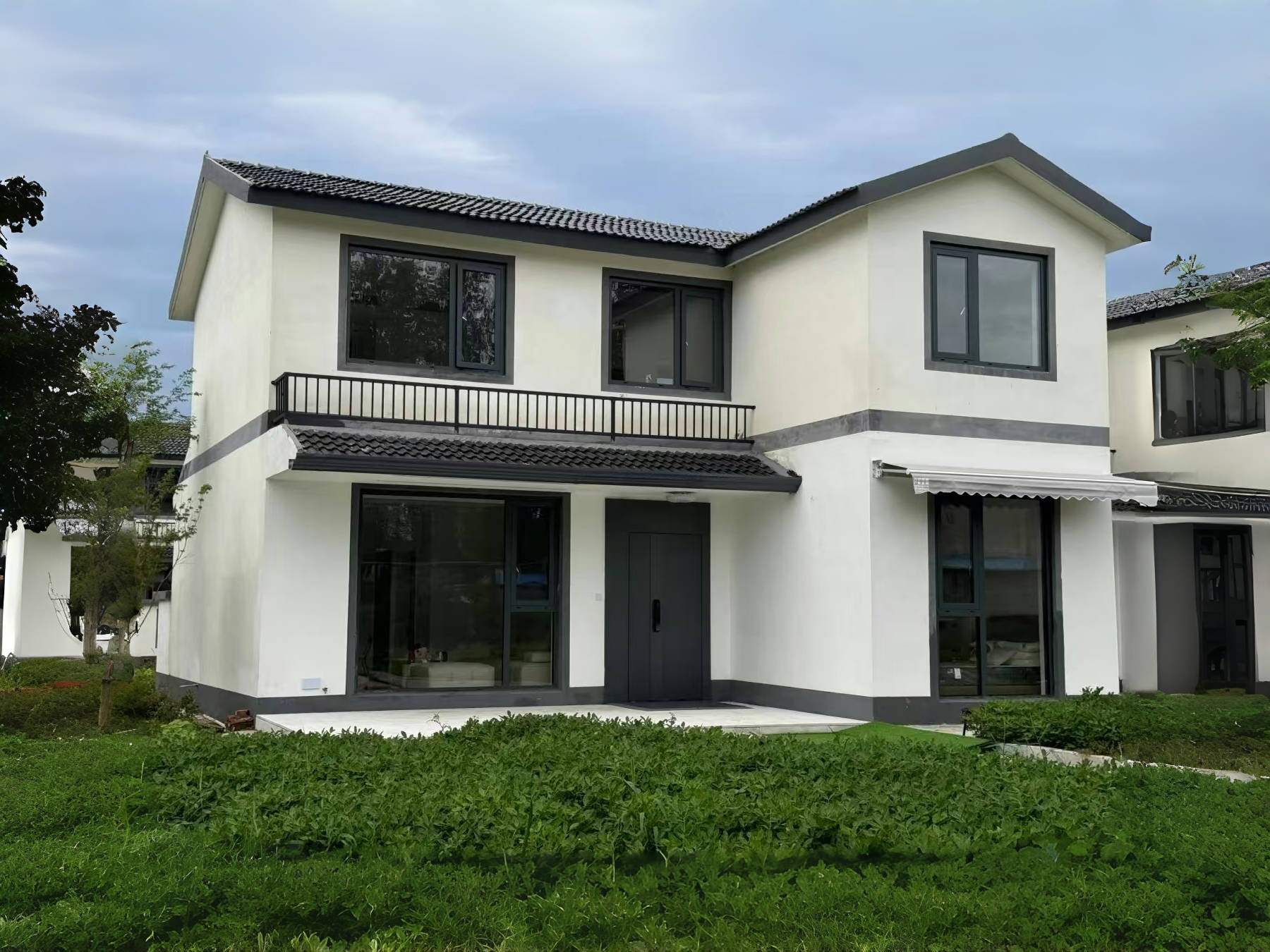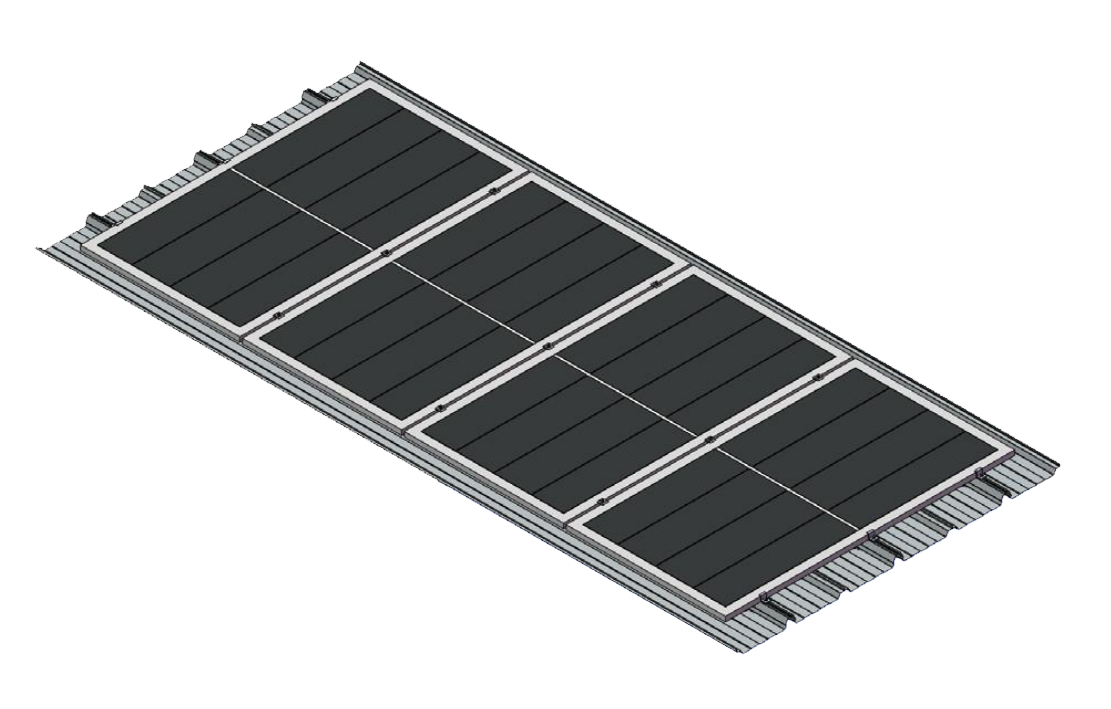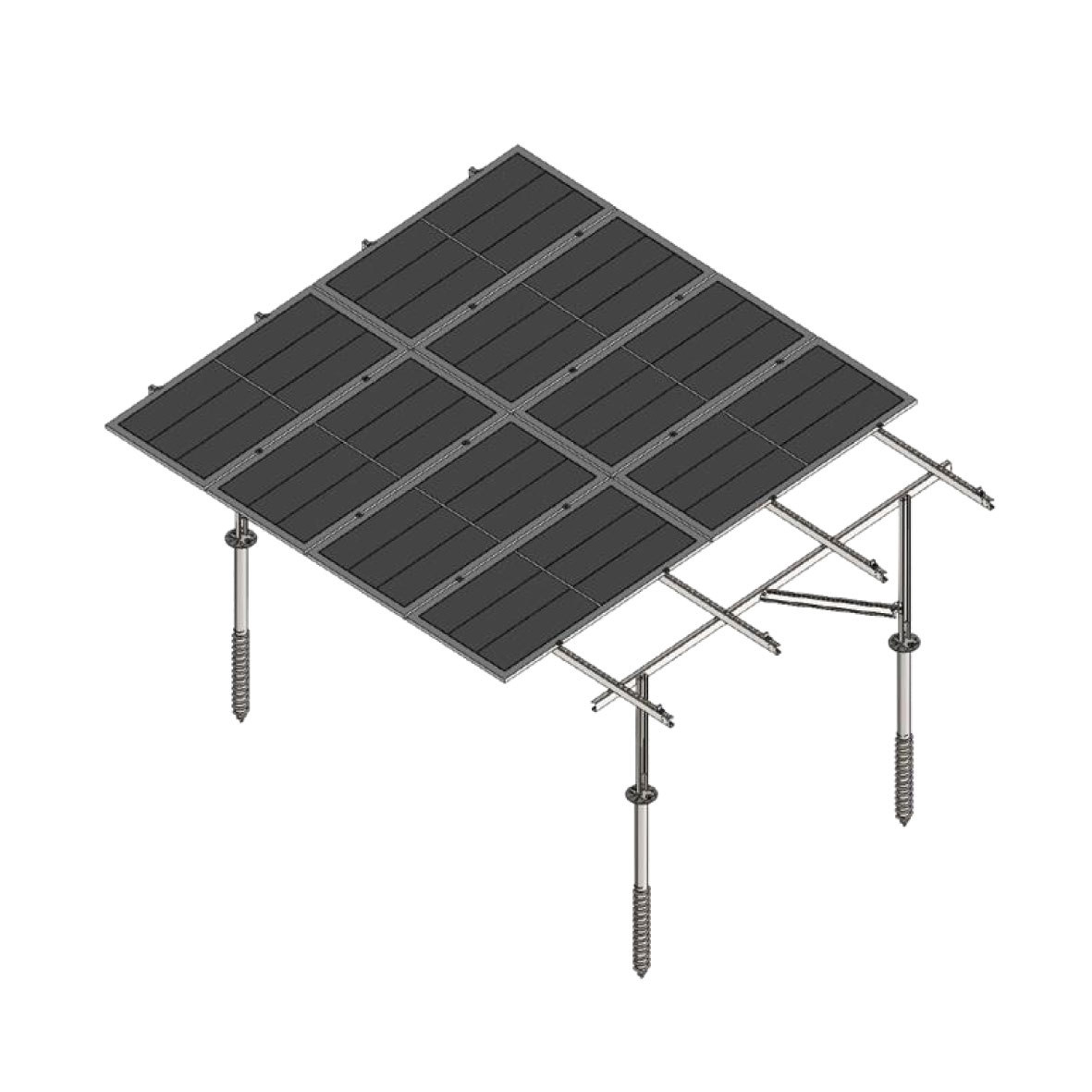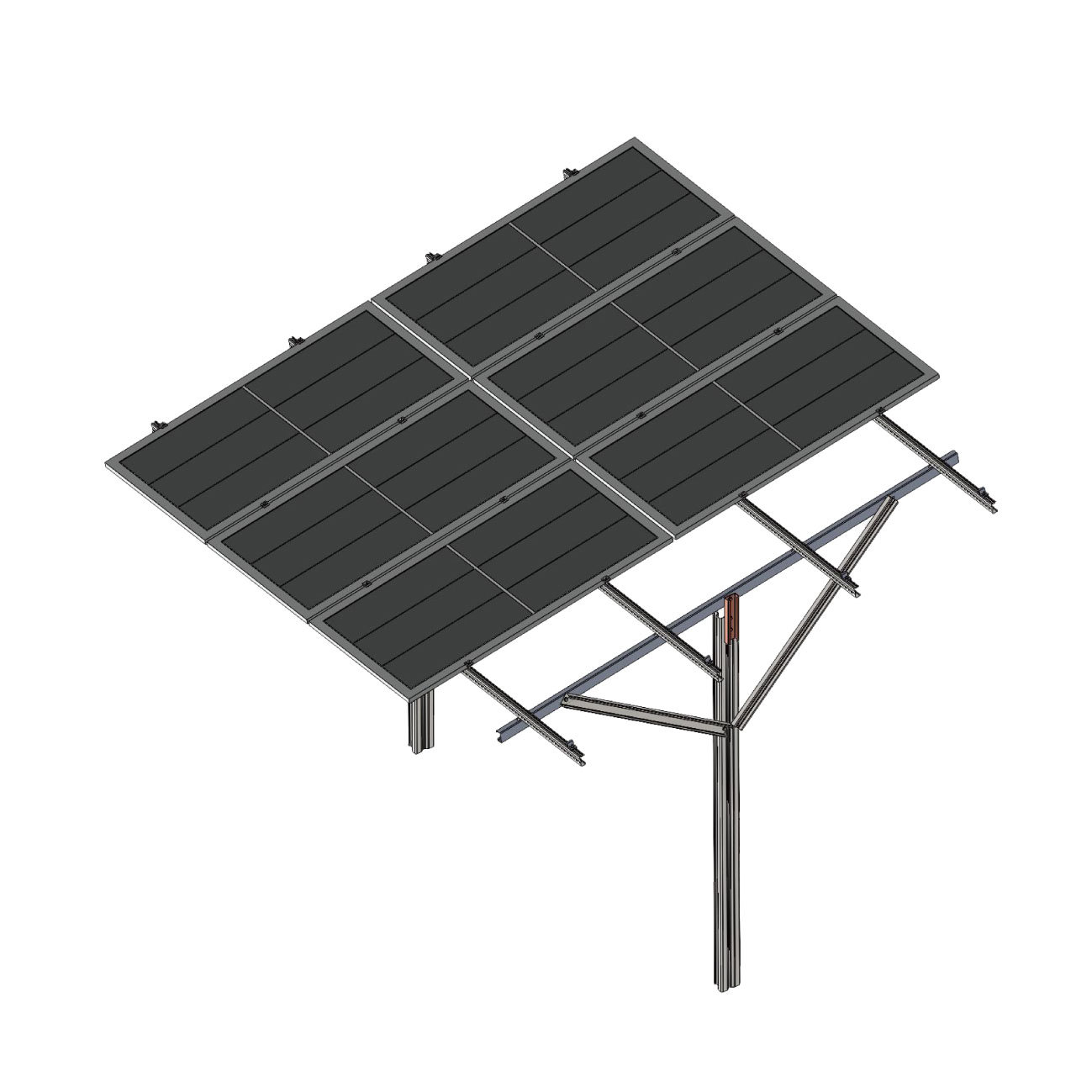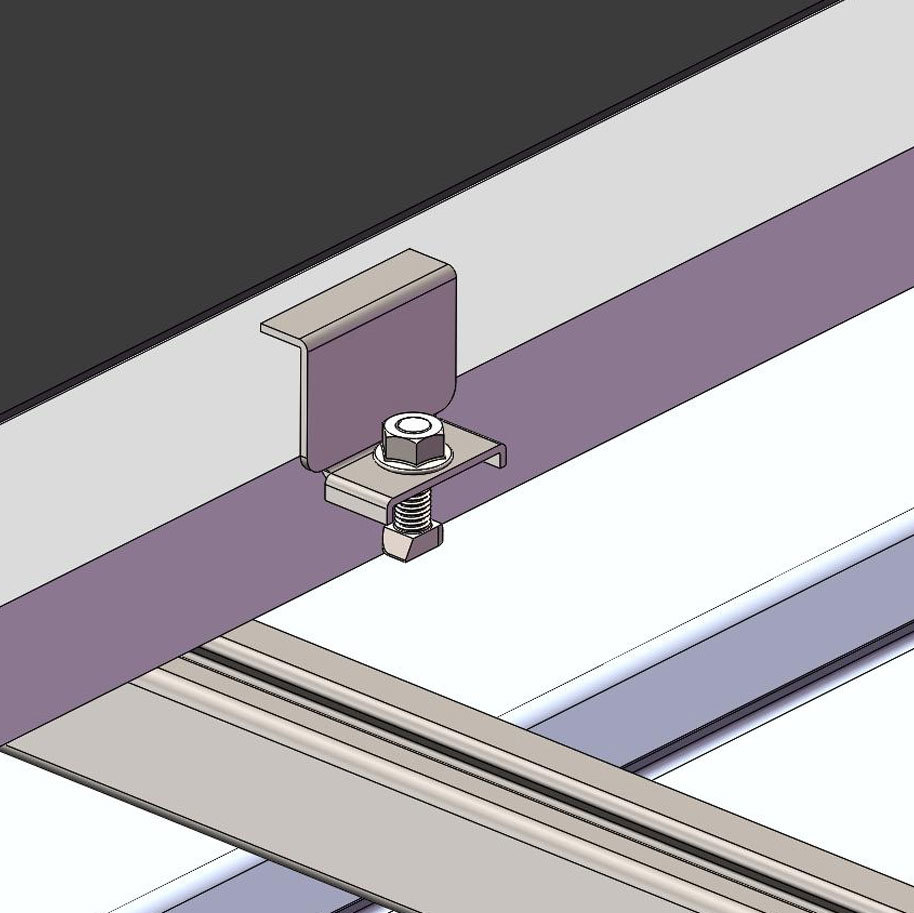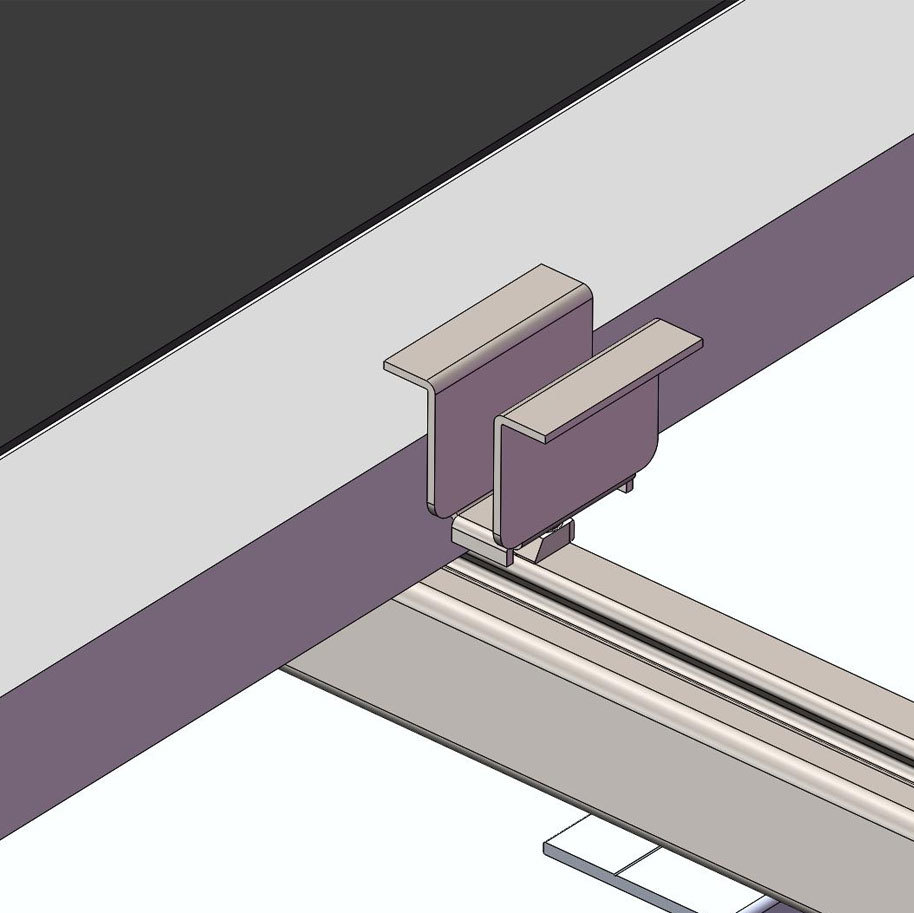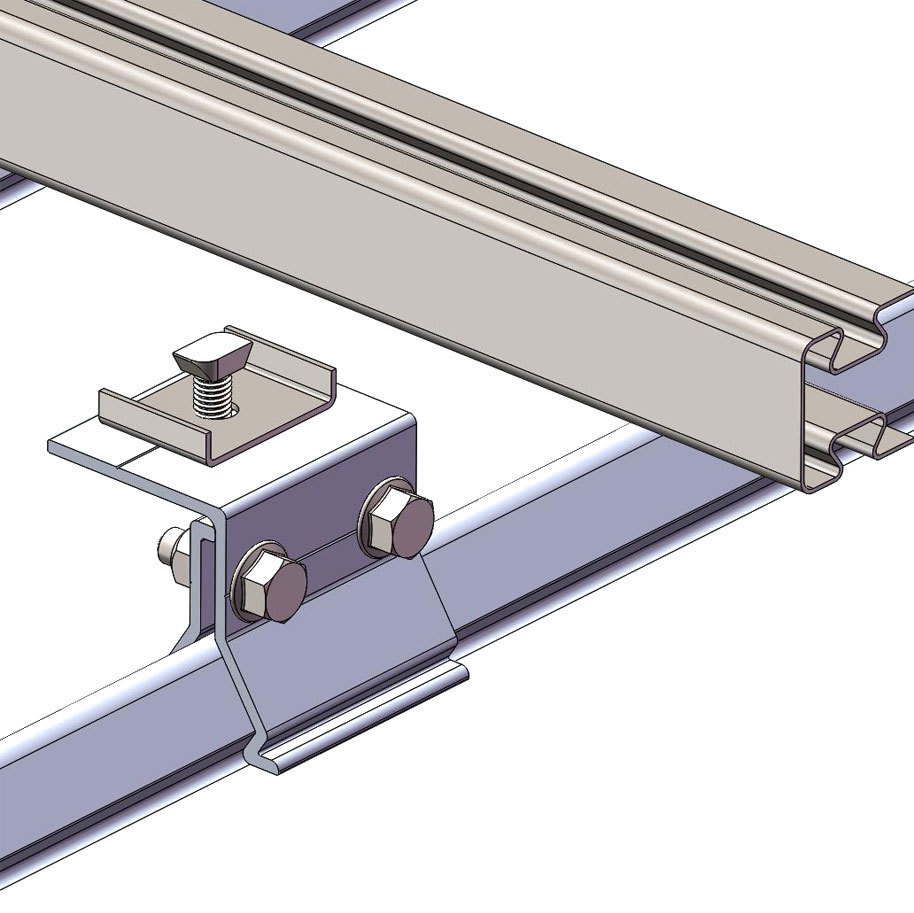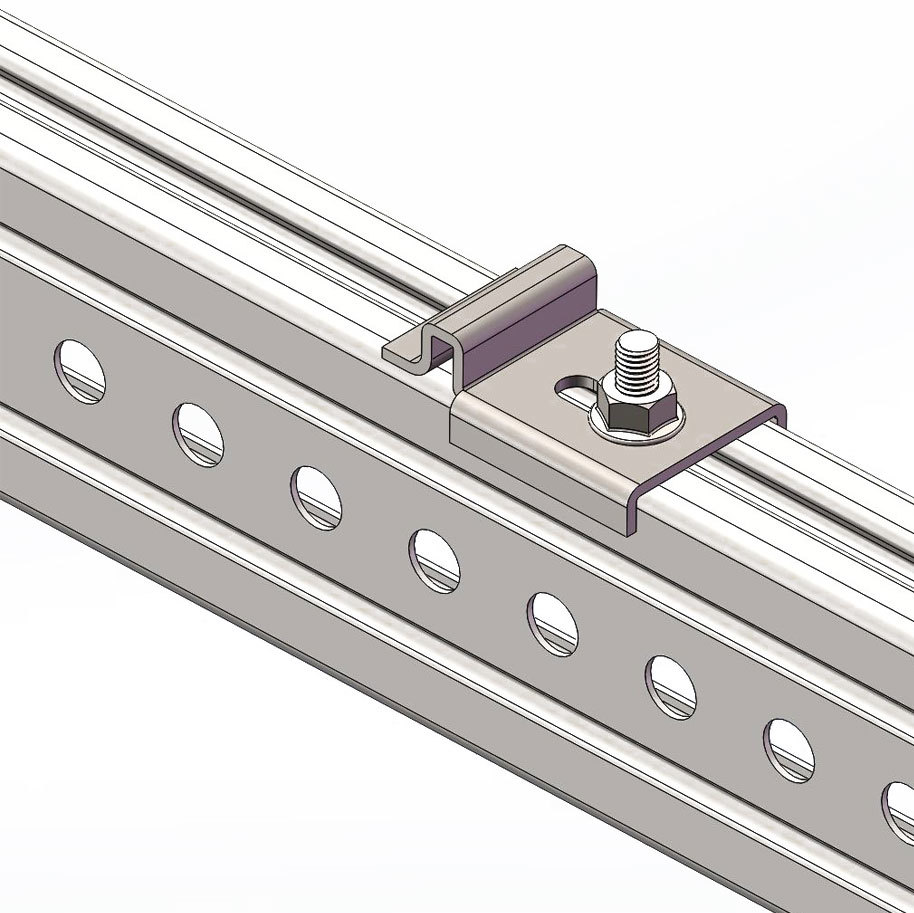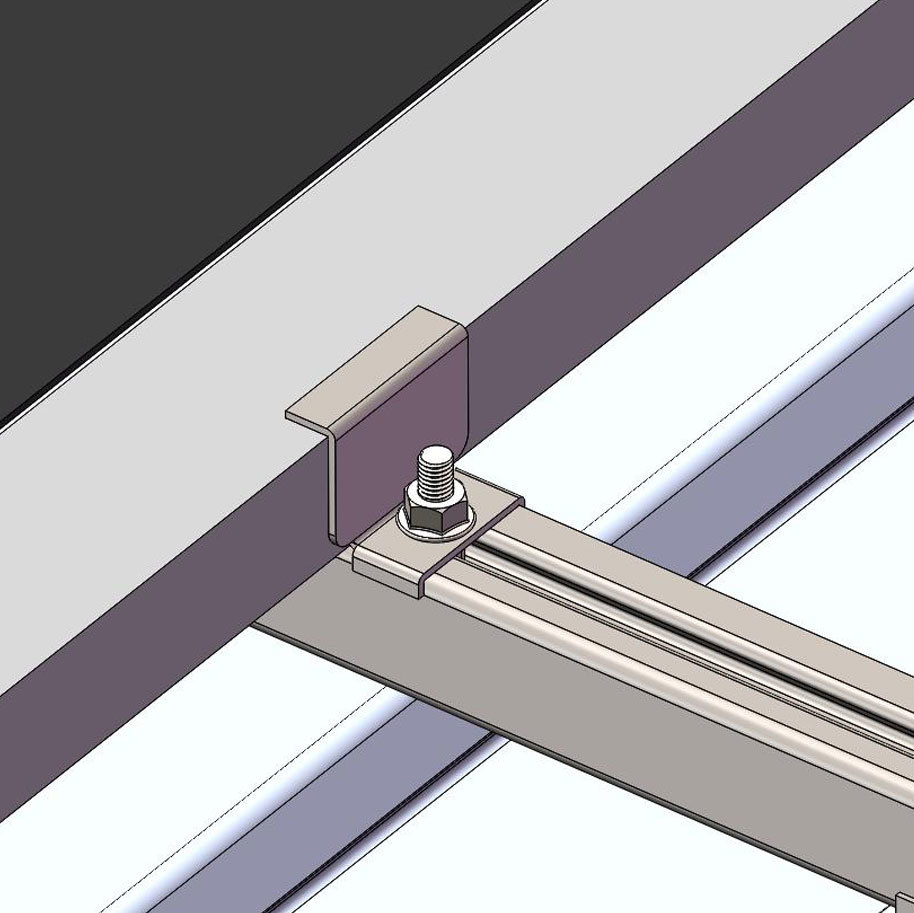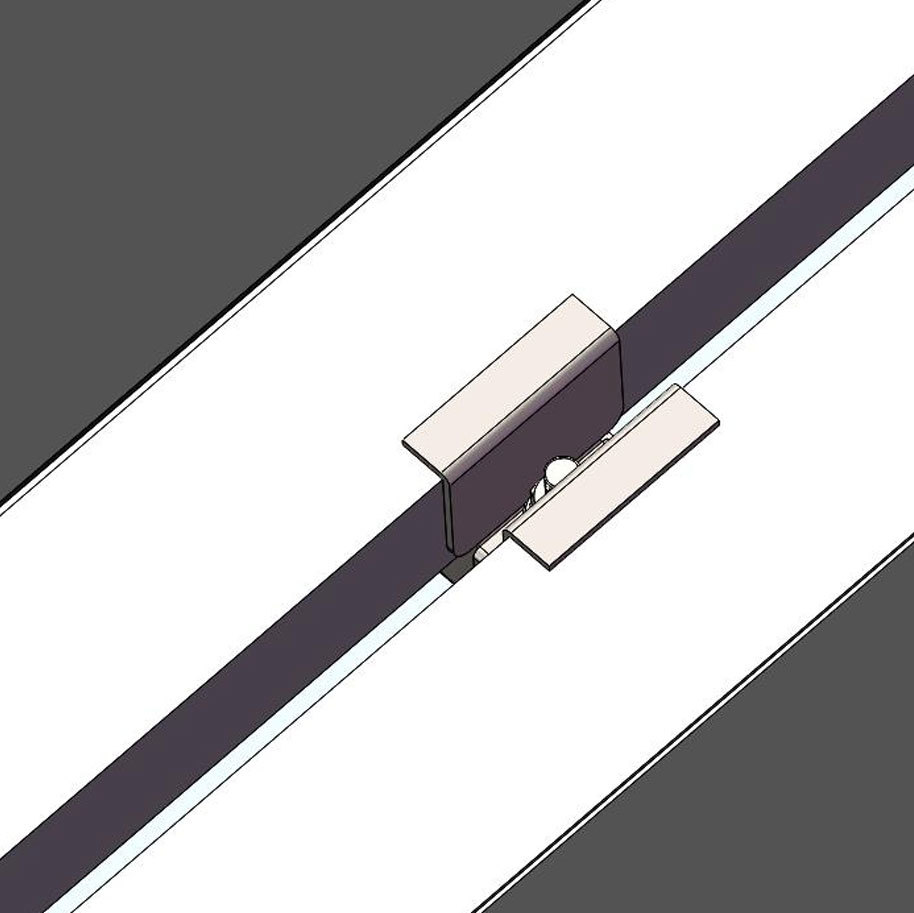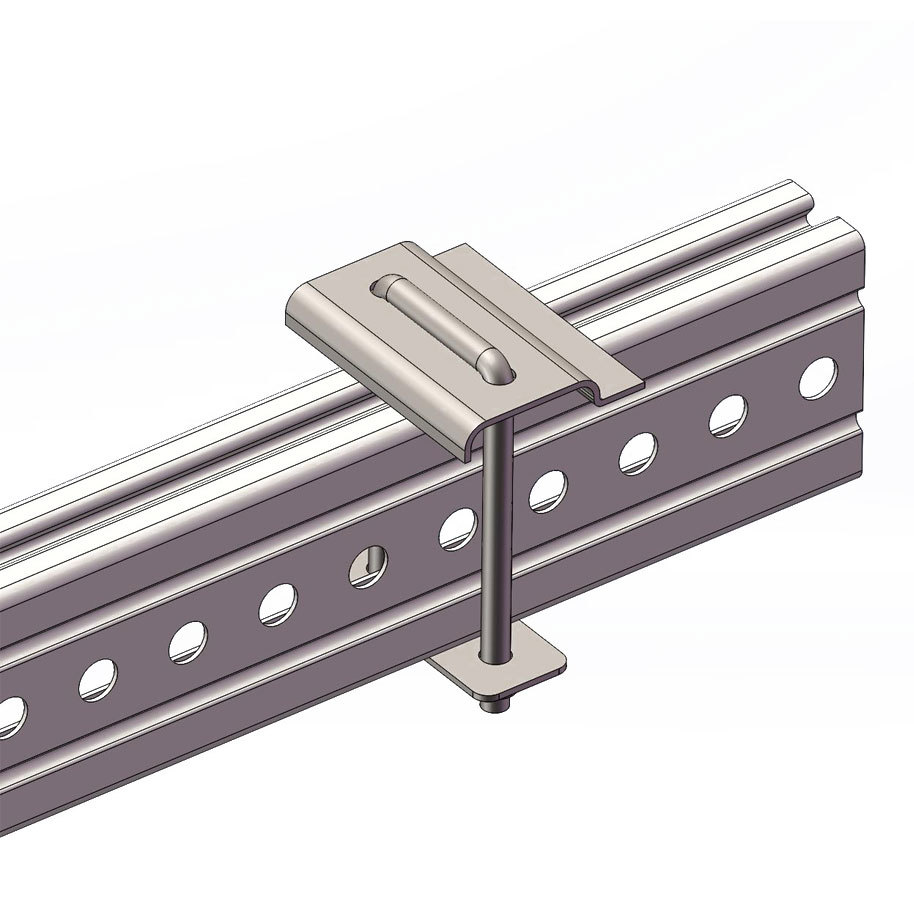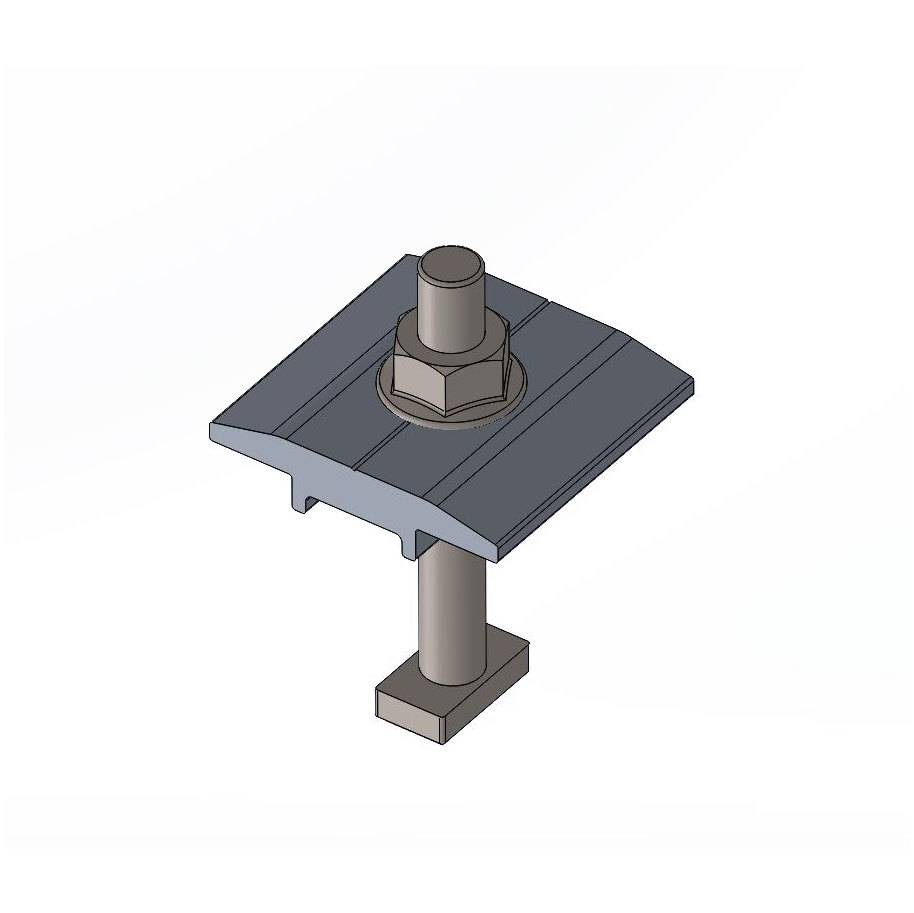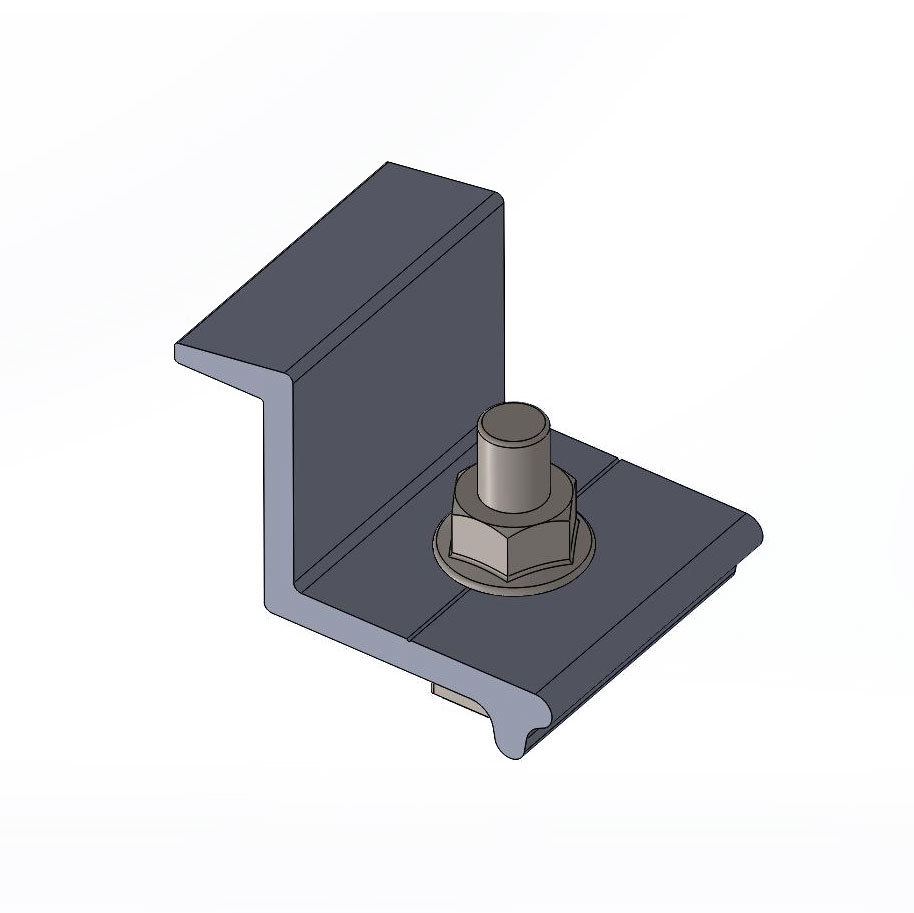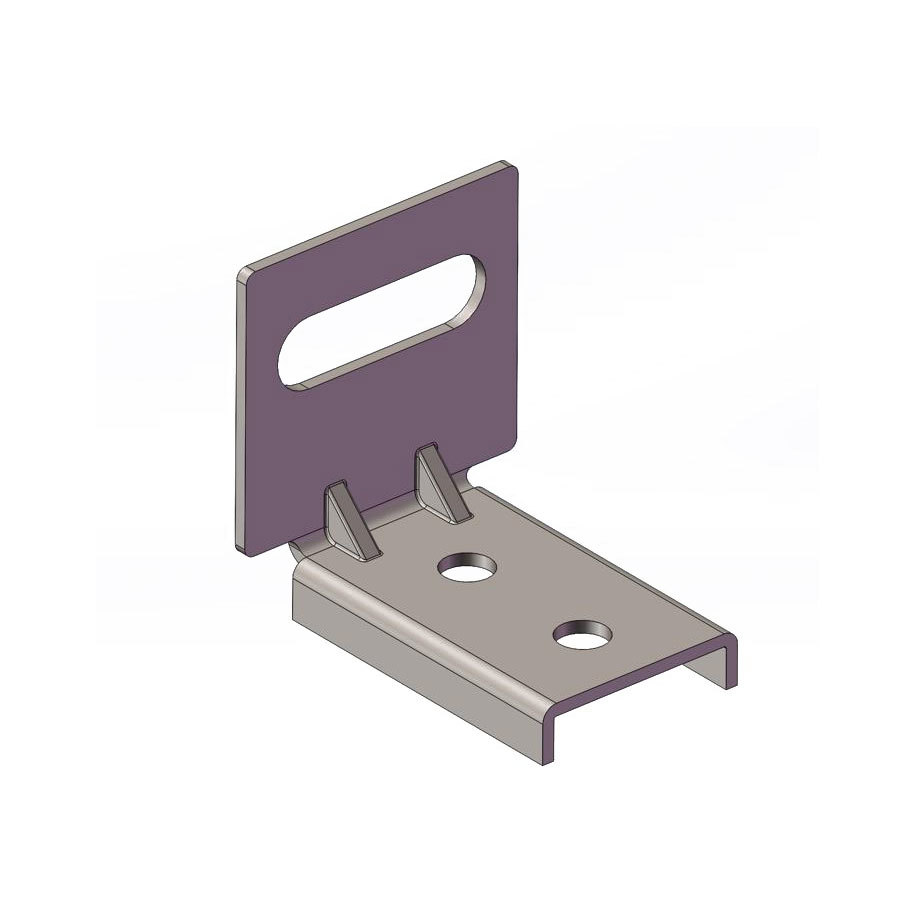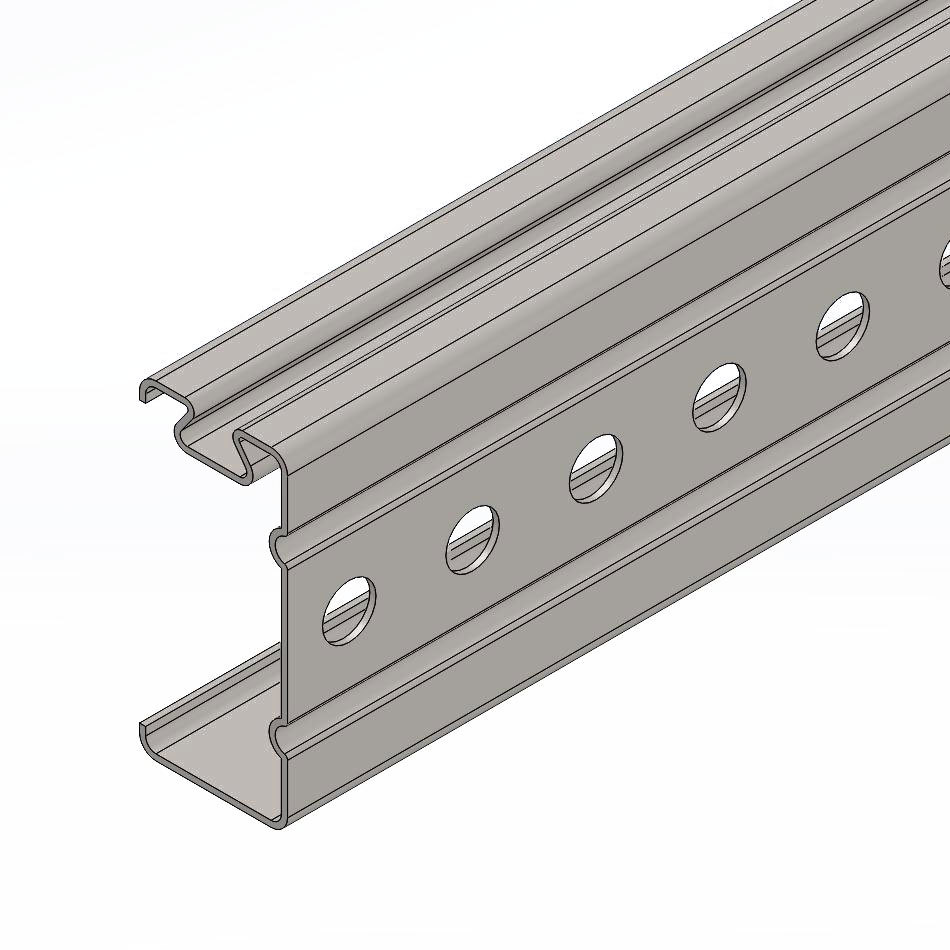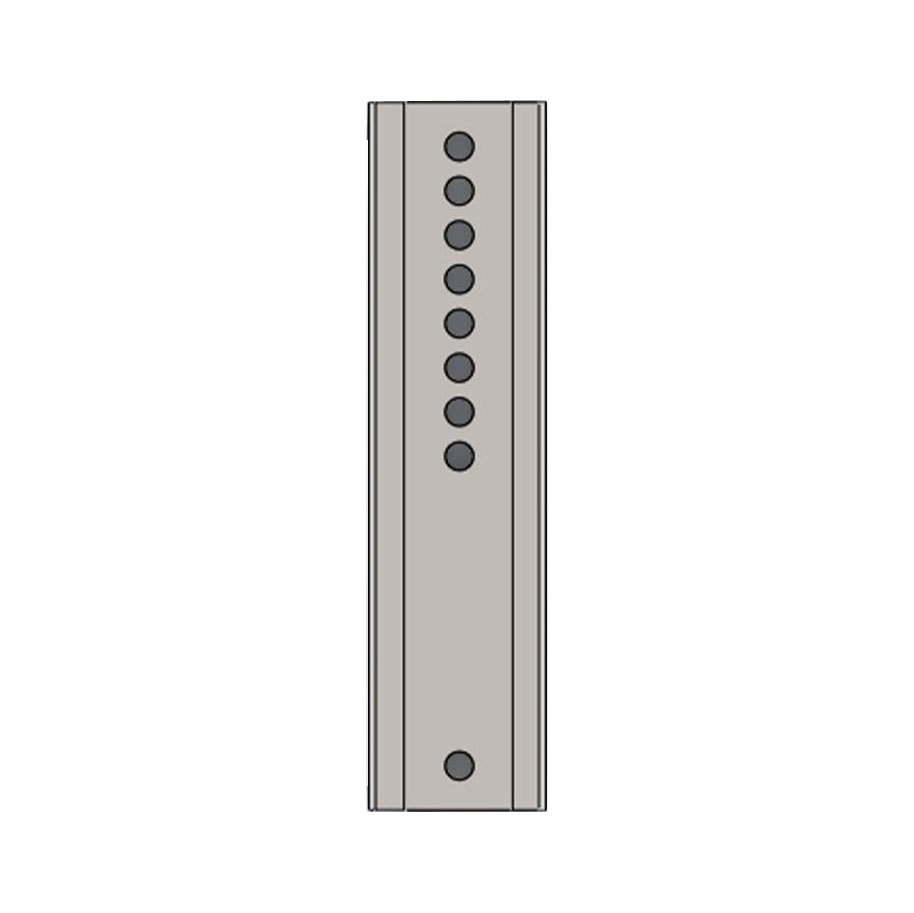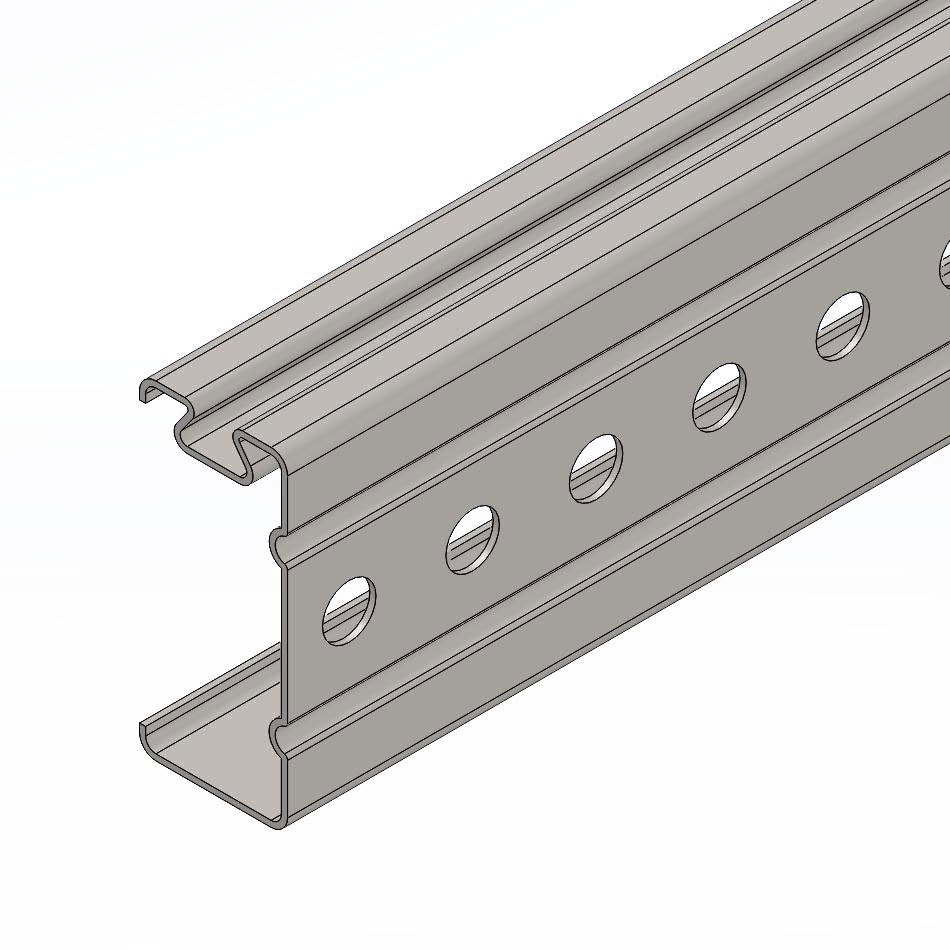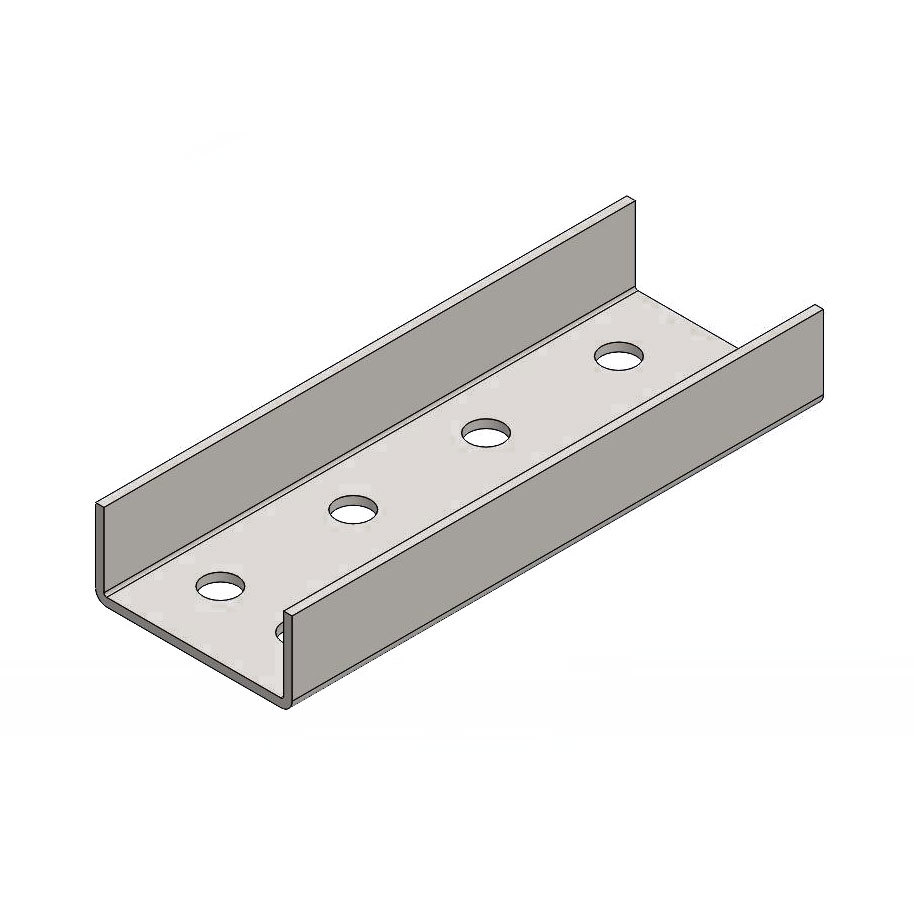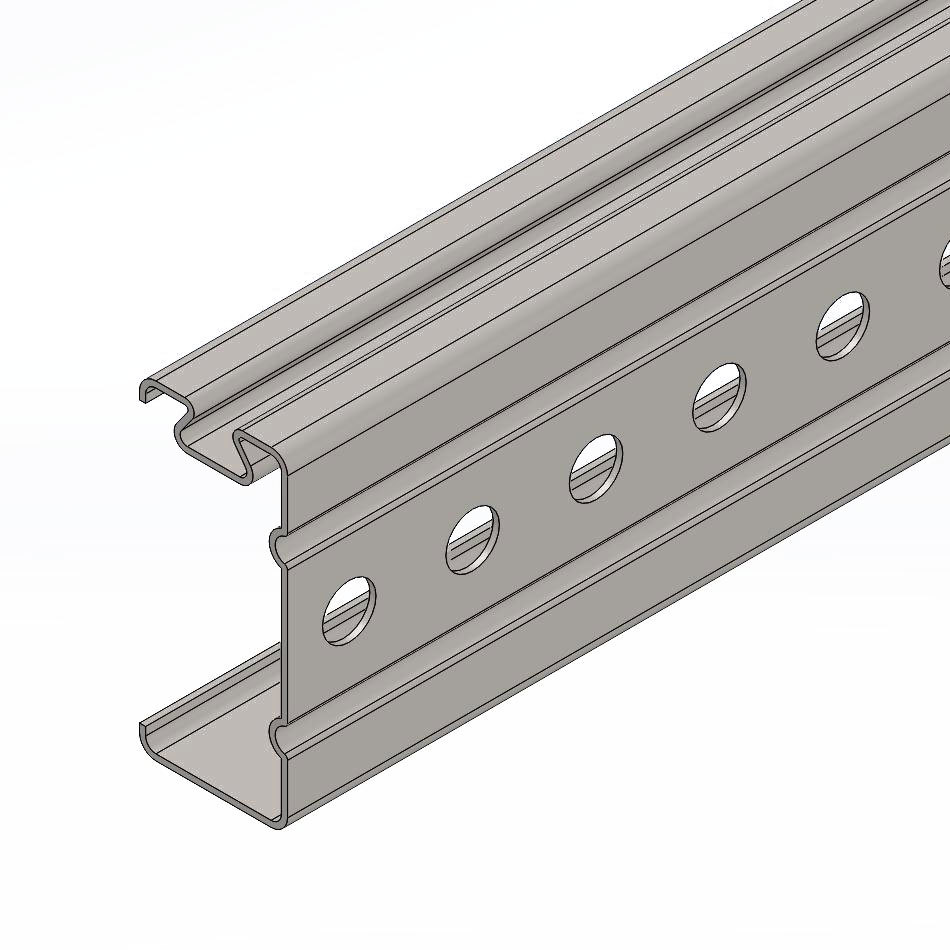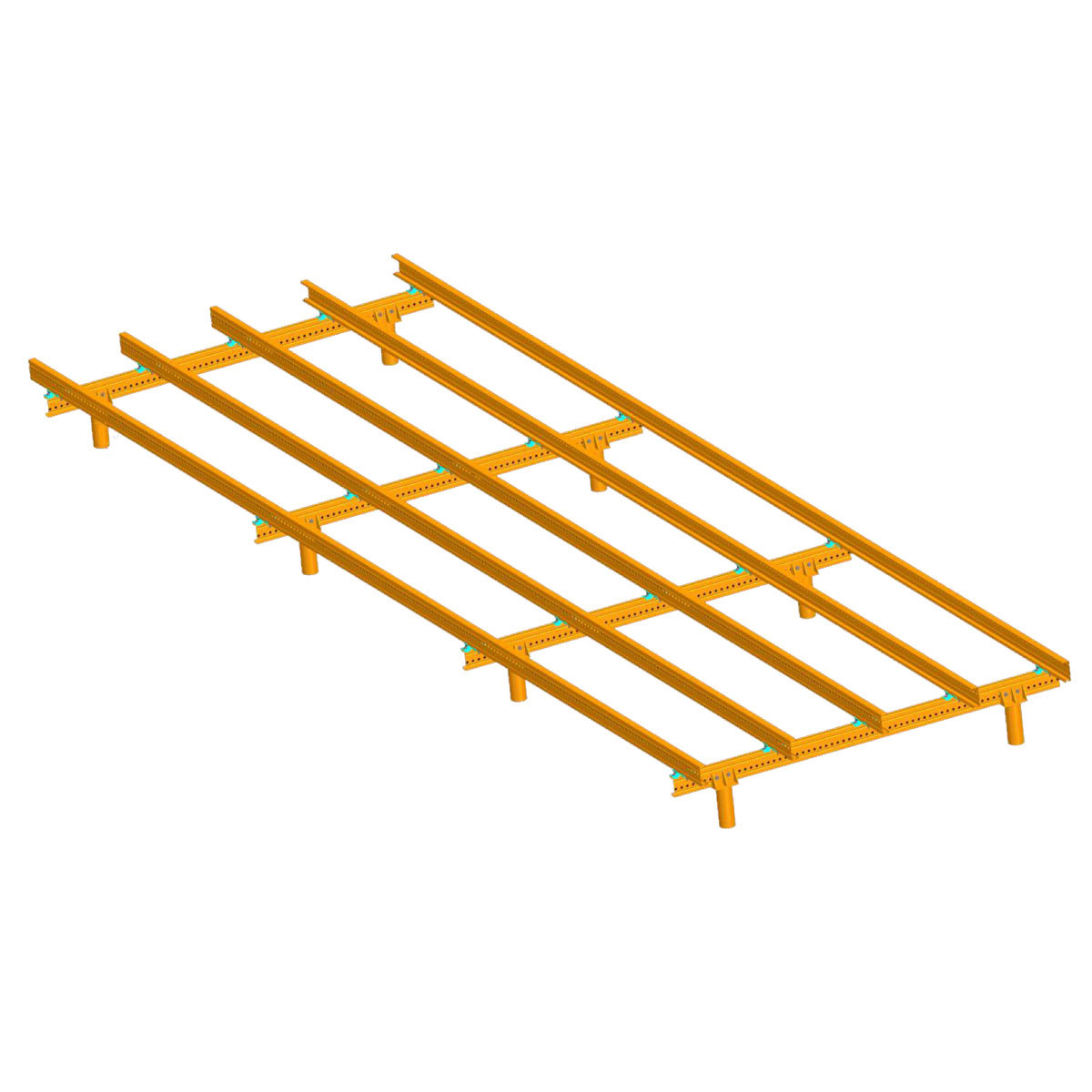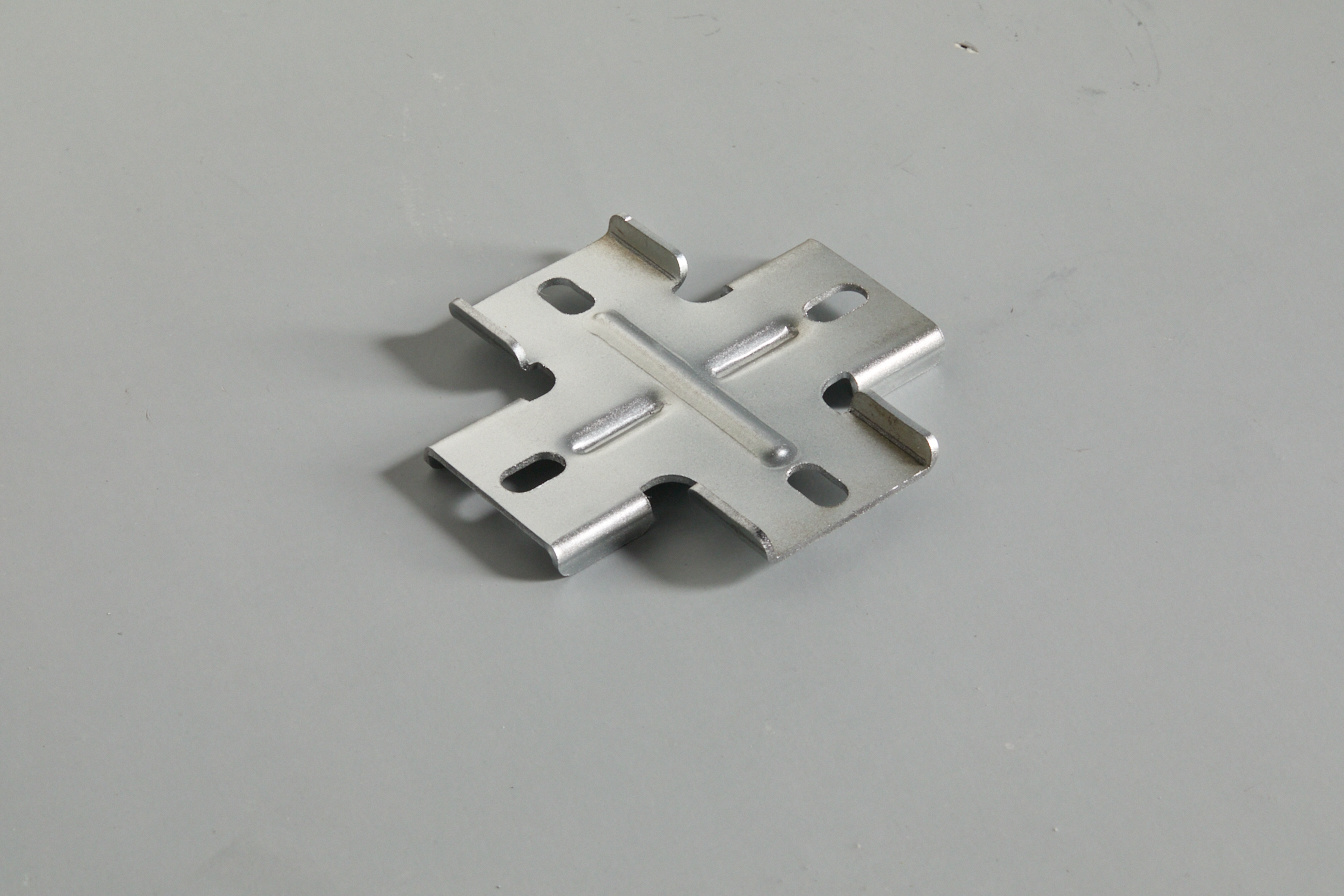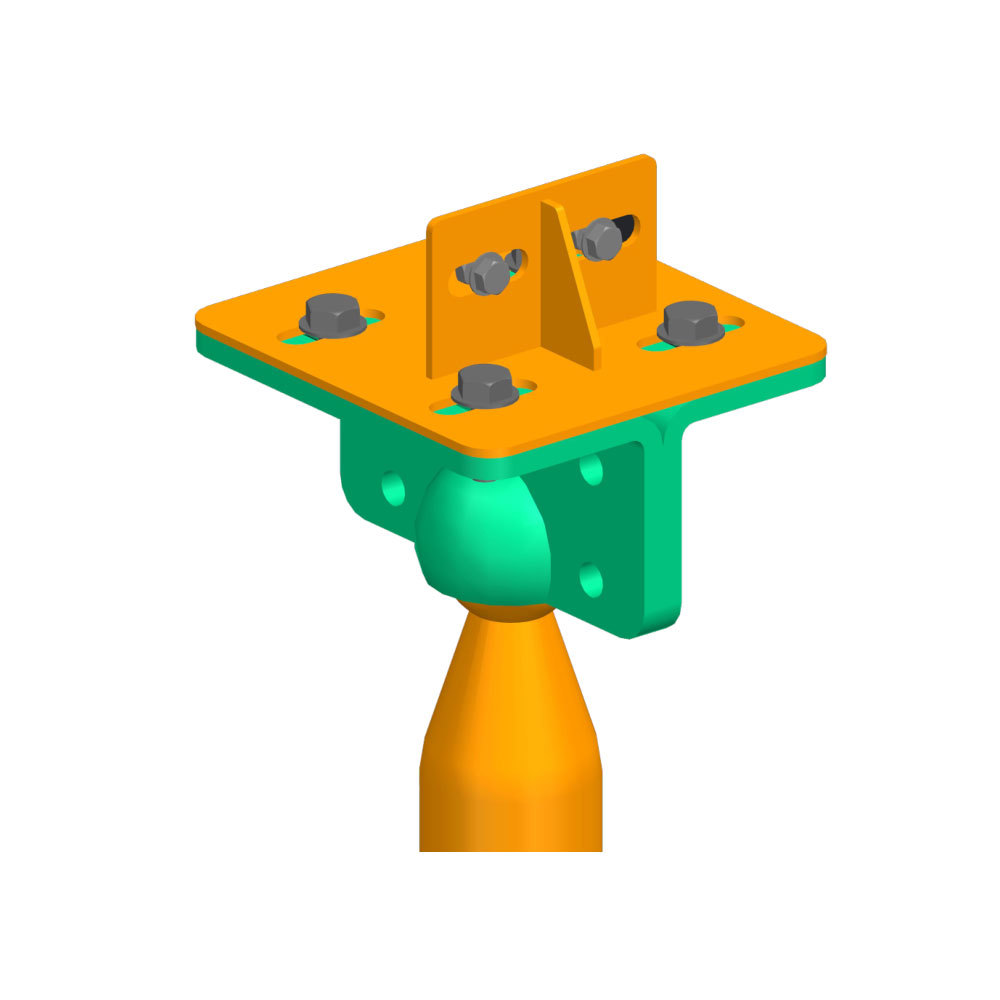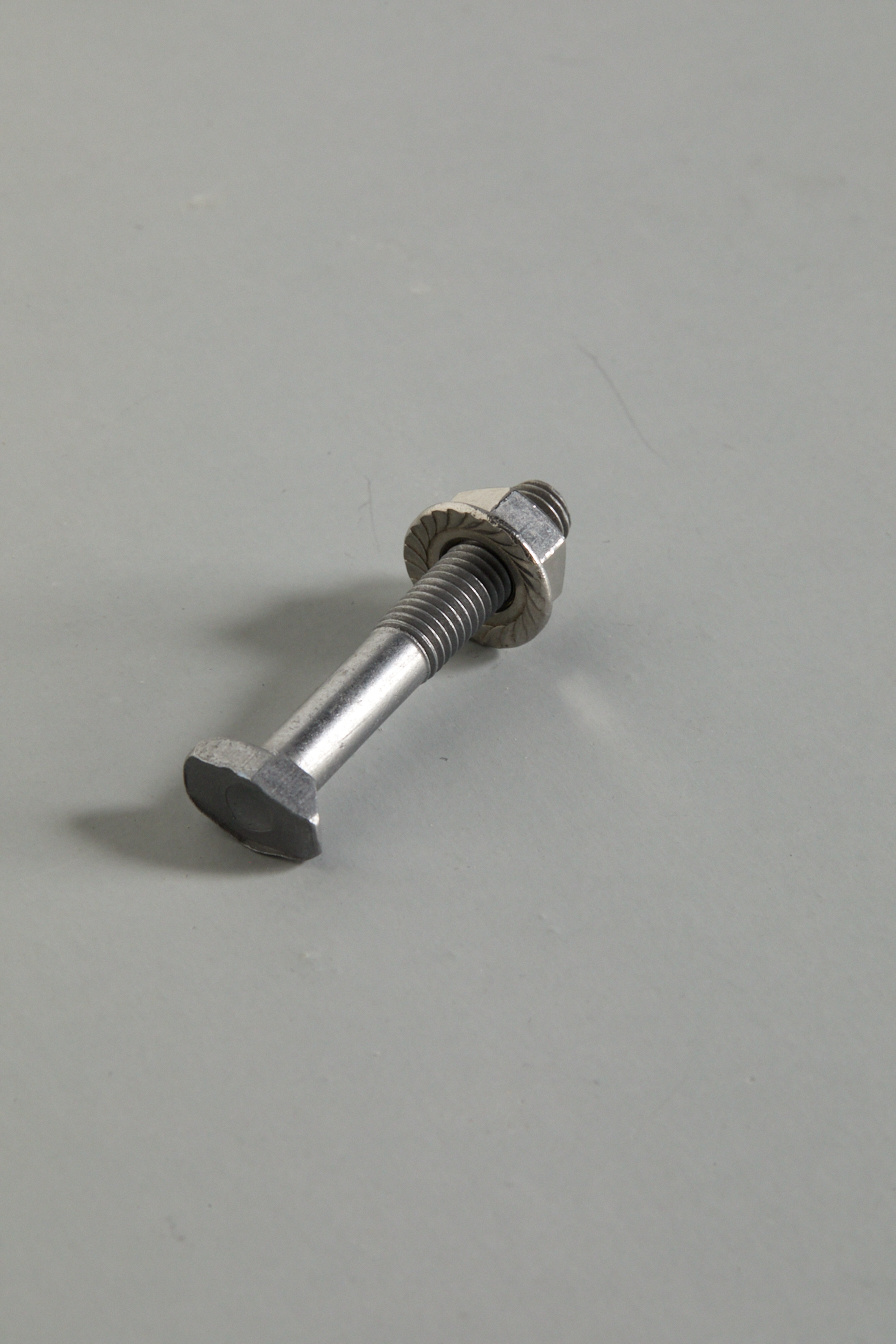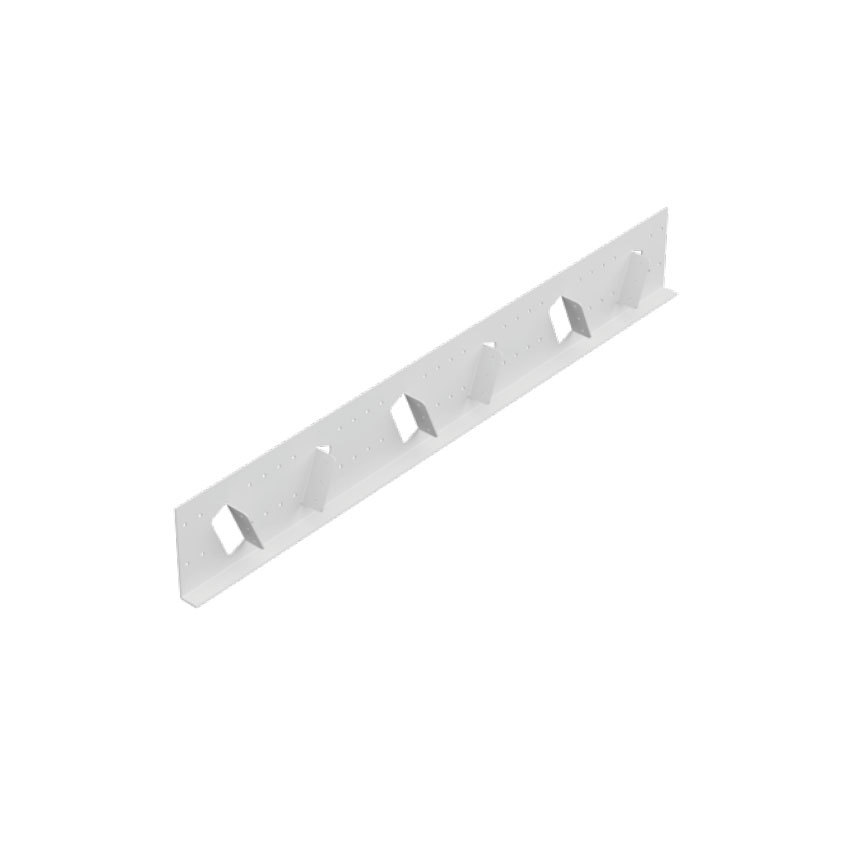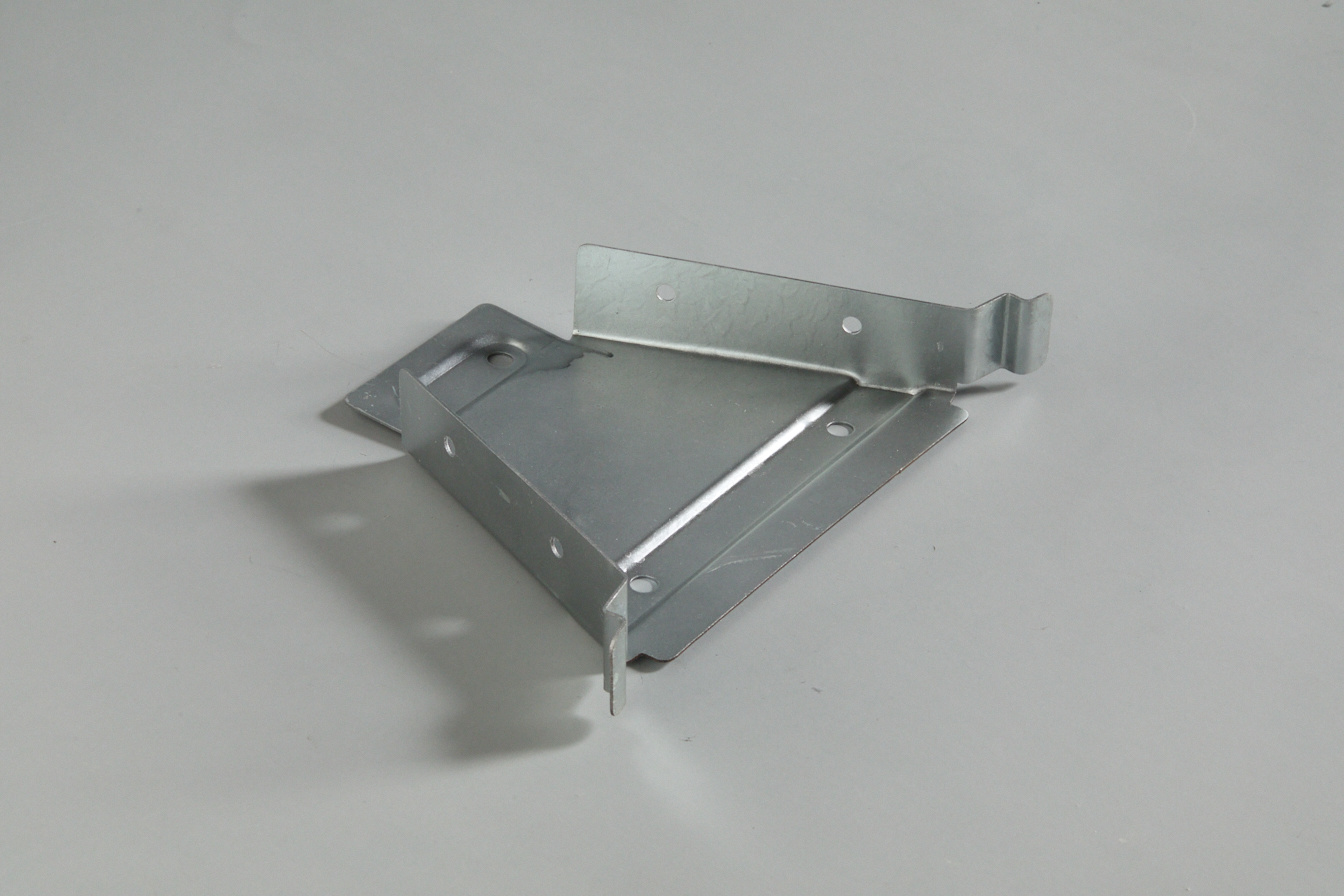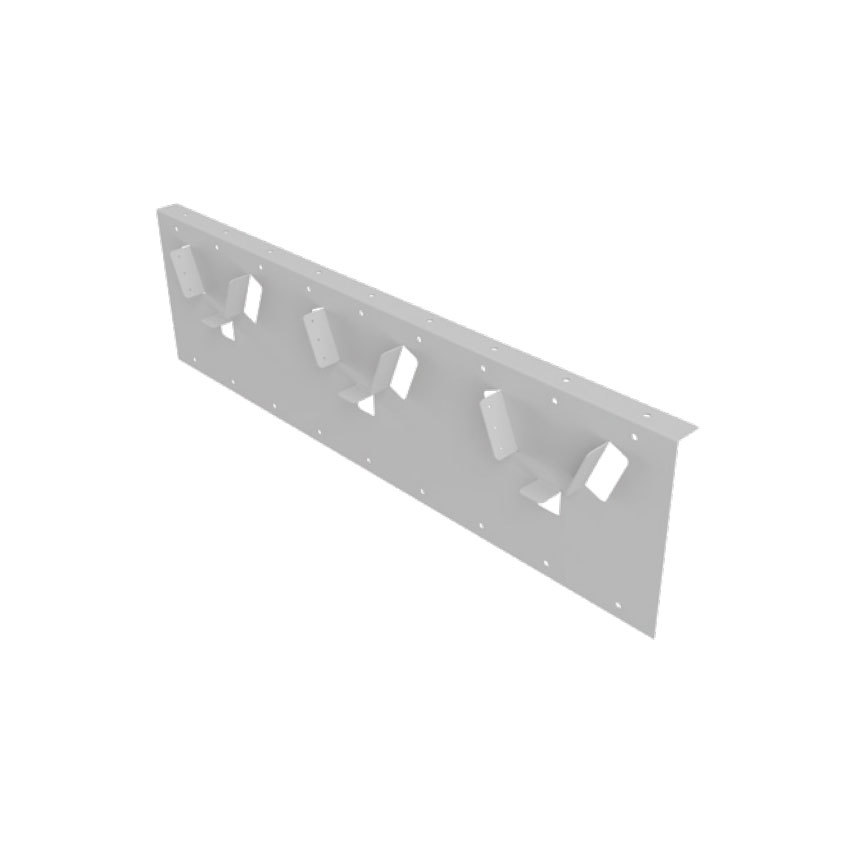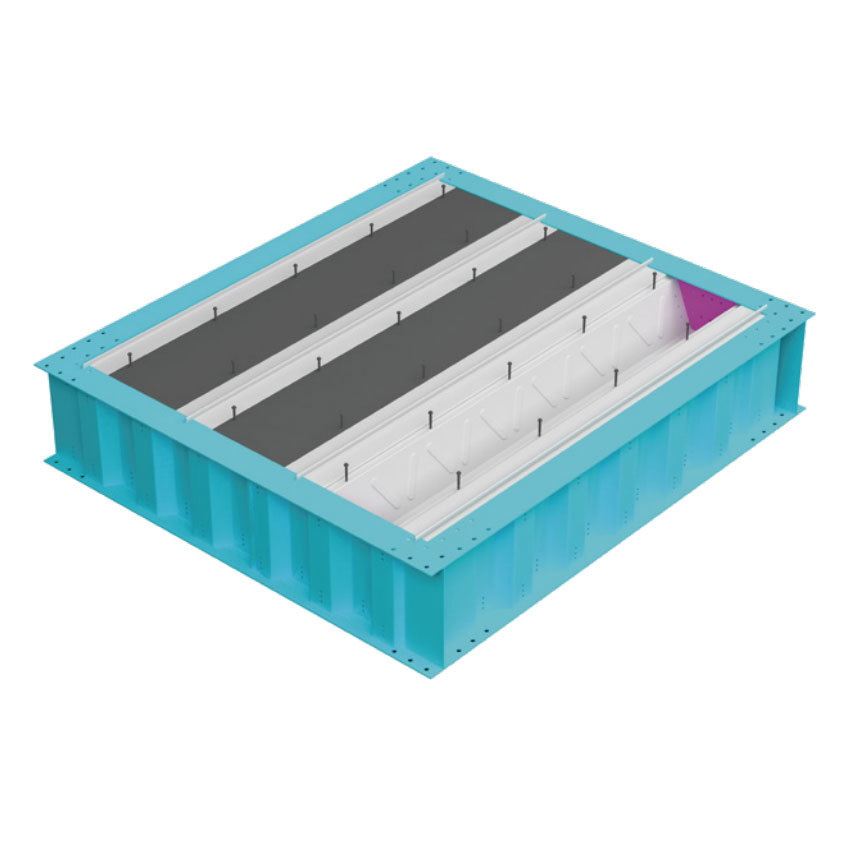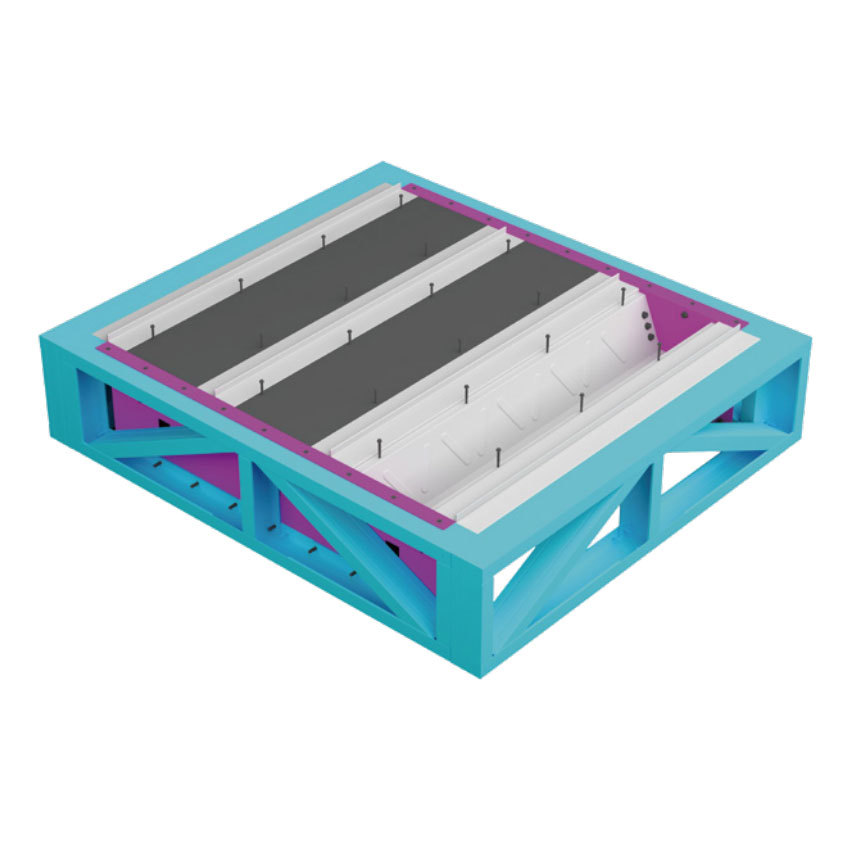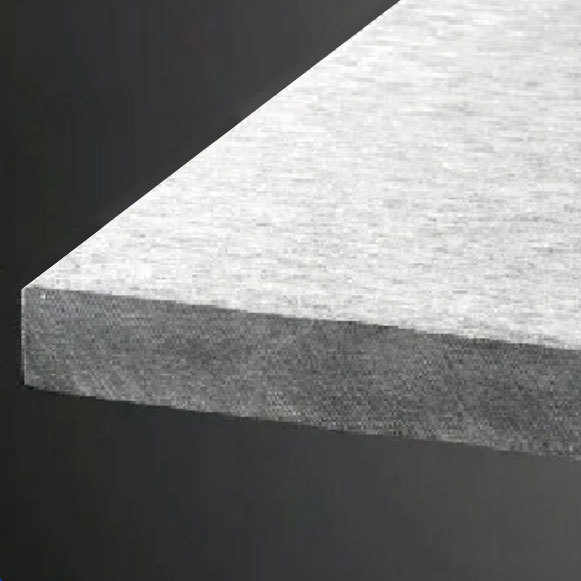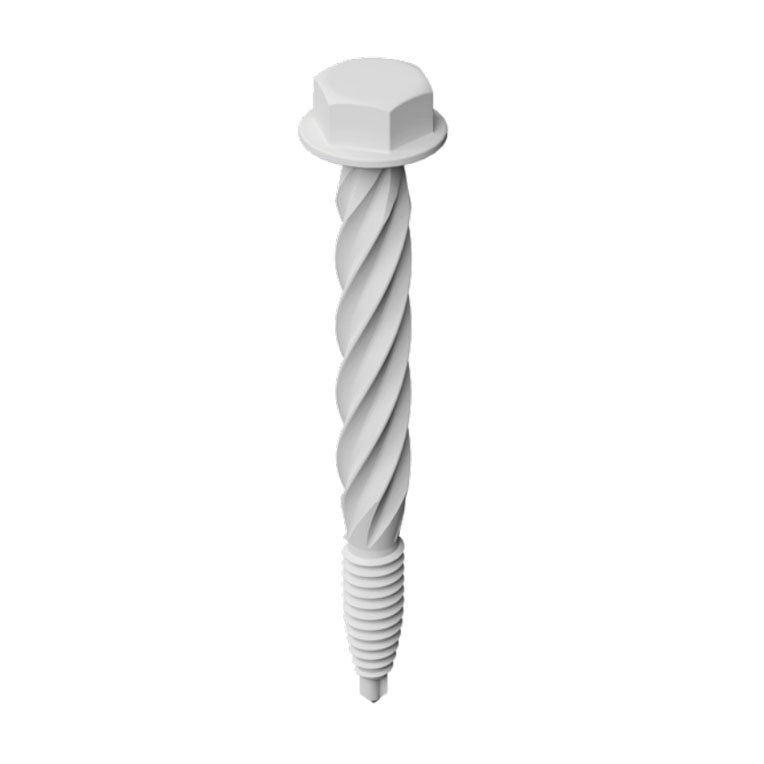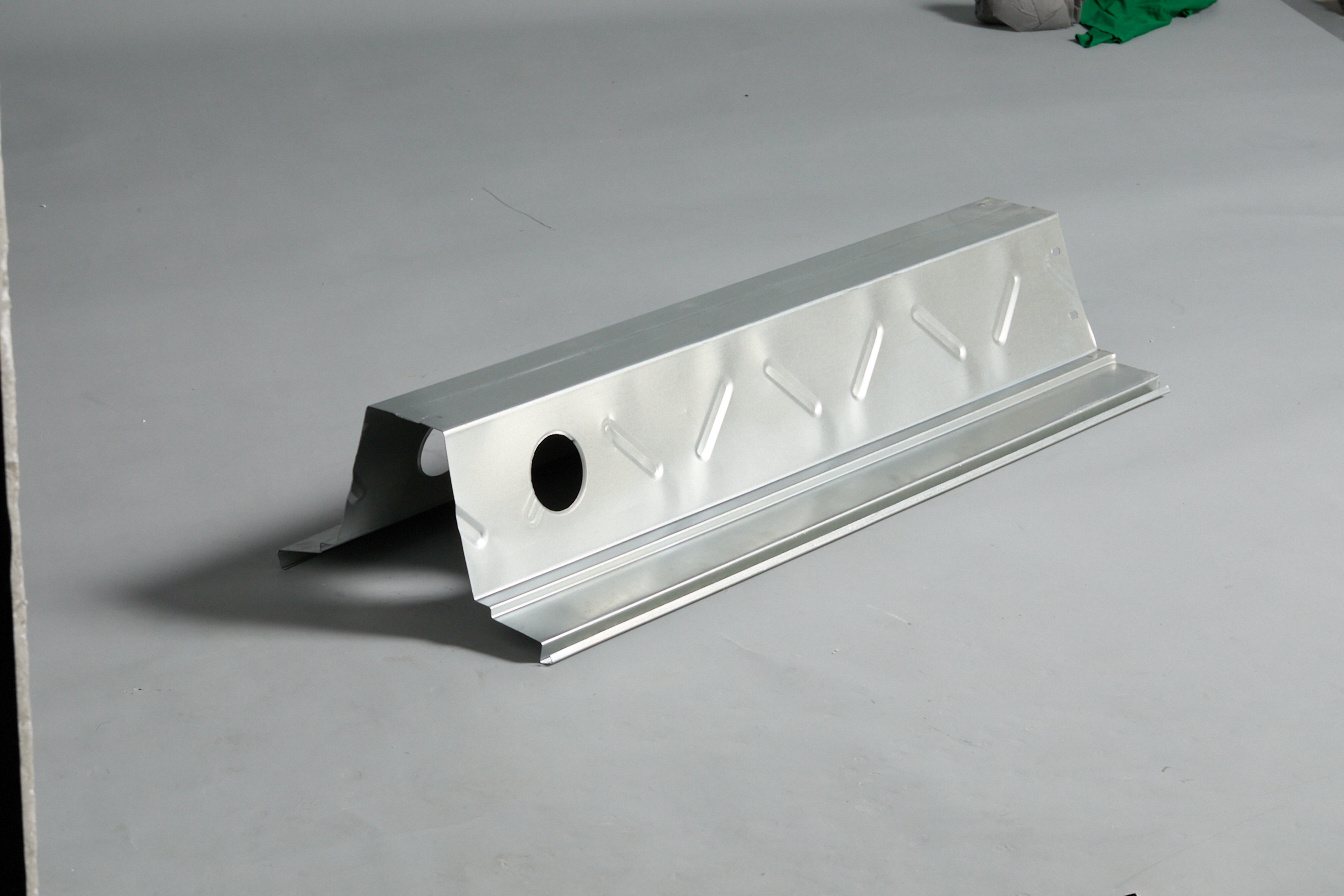Maximizing Aesthetics: The Role of L-shaped Columns in Interior Design
Release Time:
2025-03-13
Source:
Maximizing Aesthetics: The Role of L-shaped Columns in Interior Design
Table of Contents
1. Introduction to L-shaped Columns in Interior Design
2. Understanding the Aesthetic Appeal of L-shaped Columns
2.1. Architectural Significance
2.2. Visual Dynamics and Balance
3. Practical Applications of L-shaped Columns
3.1. Creating Open Spaces
3.2. Dividing Areas with Style
4. Choosing the Right Materials for L-shaped Columns
4.1. Wood vs. Metal: Choosing Your Material Wisely
4.2. Finishes that Enhance Aesthetics
5. Integrating L-shaped Columns into Various Design Styles
5.1. Modern Minimalism
5.2. Industrial Chic
5.3. Traditional Elegance
6. Tips for Designing with L-shaped Columns
7. Frequently Asked Questions (FAQs)
8. Conclusion
1. Introduction to L-shaped Columns in Interior Design
L-shaped columns have emerged as a significant architectural element in contemporary interior design. These innovative structures provide both support and aesthetic value, allowing designers to push boundaries and enhance the overall appearance of a space. By incorporating L-shaped columns into interior designs, professionals can create visually striking spaces that blend functionality with style.
2. Understanding the Aesthetic Appeal of L-shaped Columns
Incorporating L-shaped columns into interior design can significantly influence the space's overall look and feel. Their unique shape not only provides structural support but also enhances aesthetic appeal in several ways.
2.1. Architectural Significance
L-shaped columns serve as pivotal design elements that highlight the architecture of a space. Their geometric form creates a visual tension that draws the eye, emphasizing structural aspects while contributing to the overall aesthetic. By contrasting with surrounding elements, these columns can establish a focal point, directing attention and enhancing the overall design narrative.
2.2. Visual Dynamics and Balance
The balance created by L-shaped columns can enhance the room's visual dynamics. Their straight lines can provide stability and order in a space, creating a pleasing symmetry that resonates with the human eye. This balance is essential in fostering a harmonious environment, especially in larger spaces where architectural elements can easily overwhelm.
3. Practical Applications of L-shaped Columns
L-shaped columns are not just a design choice; they are practical elements that can be used in various applications. Their versatility allows them to be effectively integrated into different types of interiors, contributing to both functionality and aesthetics.
3.1. Creating Open Spaces
One of the primary advantages of L-shaped columns is their ability to create open and airy environments. By strategically placing these columns, designers can define spaces without blocking sight lines, maintaining an open feel while providing essential structural support. This is particularly beneficial in modern homes where open-plan layouts are desirable.
3.2. Dividing Areas with Style
L-shaped columns can also act as stylish dividers between different areas, such as living and dining spaces. Unlike traditional walls, these columns can maintain an open flow while providing a sense of separation. This functional duality makes them a favored choice in contemporary interior design.
4. Choosing the Right Materials for L-shaped Columns
The material of L-shaped columns plays a crucial role in their visual impact and functionality. Different materials can evoke distinct aesthetic feelings and work better in various contexts.
4.1. Wood vs. Metal: Choosing Your Material Wisely
When considering L-shaped columns, the choice between wood and metal is often at the forefront. Wooden columns exude warmth and can be easily integrated into traditional or rustic designs, while metal columns offer a sleek, modern look that complements industrial or minimalist styles. Each material has unique advantages, making the choice dependent on the desired aesthetic and functional requirements.
4.2. Finishes that Enhance Aesthetics
The finish applied to L-shaped columns can significantly influence their appearance. Matte finishes can offer a subtle elegance, while glossy finishes can create a modern and sophisticated look. Additionally, painted finishes allow for customization, enabling designers to match the columns to the overall color palette of the space.
5. Integrating L-shaped Columns into Various Design Styles
L-shaped columns can seamlessly fit into various design styles, enhancing the unique characteristics of each.
5.1. Modern Minimalism
In modern minimalist designs, L-shaped columns can serve as understated yet impactful elements. Their clean lines and simple forms align perfectly with the minimalist aesthetic, allowing spaces to maintain an uncluttered and sophisticated look.
5.2. Industrial Chic
In industrial spaces, L-shaped columns made from raw materials such as steel or concrete can enhance the ruggedness of the design. When left in their natural state or with minimal finishing, these columns can embody the essence of industrial chic, adding character and authenticity to the environment.
5.3. Traditional Elegance
For traditional settings, L-shaped columns can be designed with ornate detailing and rich finishes. Incorporating decorative elements can elevate their appearance, making them a statement piece that complements classic architectural styles.
6. Tips for Designing with L-shaped Columns
To maximize the aesthetic and functional benefits of L-shaped columns, consider the following design tips:
1. **Placement**: Strategic placement is key. Consider sight lines, traffic flow, and how the columns will interact with other design elements in the space.
2. **Proportions**: Ensure that the size of the columns is in harmony with the surrounding elements. Oversized columns can overwhelm a space, while too-small columns may appear insignificant.
3. **Lighting**: Utilize lighting to highlight the columns. Accent lighting can draw attention to their unique shapes, enhancing their visual appeal.
4. **Color Coordination**: Choose colors that complement the overall design scheme. Consider how the column colors will interact with walls, furniture, and decor.
5. **Functional Integration**: Consider how the columns can support functional elements, such as shelving or decorative features, to enhance their utility without compromising aesthetics.
7. Frequently Asked Questions (FAQs)
What are L-shaped columns used for in interior design?
L-shaped columns are primarily used for structural support while enhancing the aesthetic appeal of a space. They can act as space dividers, create visual interest, and contribute to the overall design theme.
How do I choose the right material for L-shaped columns?
The choice of material depends on the desired aesthetic and functionality. Wood offers warmth for traditional designs, while metal provides a sleek look for modern interiors. Consider the overall design theme when making your choice.
Can L-shaped columns be used in small spaces?
Yes, L-shaped columns can be effectively utilized in small spaces. Their design allows for the definition of areas without overwhelming the space, making them ideal for open-plan designs.
What design styles work best with L-shaped columns?
L-shaped columns can fit into various design styles, including modern minimalism, industrial chic, and traditional elegance. Their versatility allows them to enhance the unique characteristics of different aesthetics.
How can I enhance the visual appeal of my L-shaped columns?
Enhance the visual appeal by choosing appropriate finishes, integrating lighting, and ensuring that they complement the overall design scheme. Strategic placement and color coordination can also increase their impact.
8. Conclusion
L-shaped columns play a vital role in maximizing aesthetics within interior design. Their structural support, coupled with their unique visual dynamics, allows designers to create open, functional, and stylish spaces. By understanding how to effectively incorporate these columns into various design styles, selecting the right materials, and following design best practices, we can enhance the beauty and functionality of any interior. Embracing the potential of L-shaped columns can lead to innovative and inspiring design solutions that not only meet practical needs but also elevate the overall aesthetic of a space.
Related Information

HaoHeng Group
Address: Room 1808, Block A, Vanke Cloud City, Jiemei District, Xiamen City, Fujian Province
Business cooperation:
Business License
Copyright © HaoHeng (FuJian) Building Materials Technology Co, Ltd. All rights reserved































